| The Naked City | Feb 16 2016 |

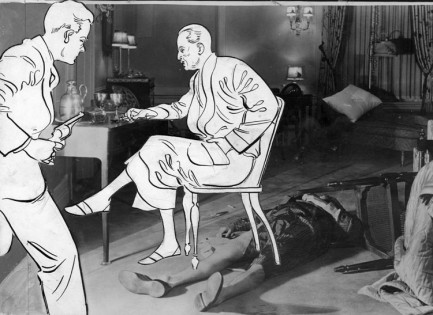
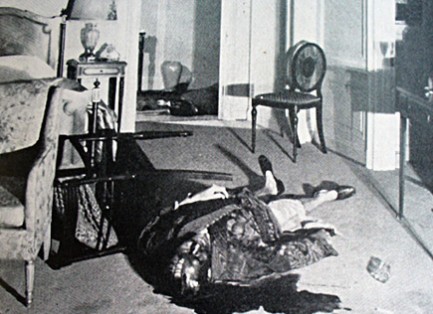 The above crime scene drawing shows murder victim Ned Doheny, Jr. in the bedroom of his Los Angeles mansion after being killed by a gunshot to the head, along with a superimposition of where police imagine he was just before he was shot. From the above angle the event looks clinical, but a reverse view reveals an unholy mess, with Doheny's face and robe drenched in blood, and a dark pool spread across the carpet.
The above crime scene drawing shows murder victim Ned Doheny, Jr. in the bedroom of his Los Angeles mansion after being killed by a gunshot to the head, along with a superimposition of where police imagine he was just before he was shot. From the above angle the event looks clinical, but a reverse view reveals an unholy mess, with Doheny's face and robe drenched in blood, and a dark pool spread across the carpet. in 1929 he visited the Doheny mansion to talk with his pal Ned and hours later the result is what you see in the crime scene photos.
in 1929 he visited the Doheny mansion to talk with his pal Ned and hours later the result is what you see in the crime scene photos.| Hollywoodland | Jan 17 2016 |

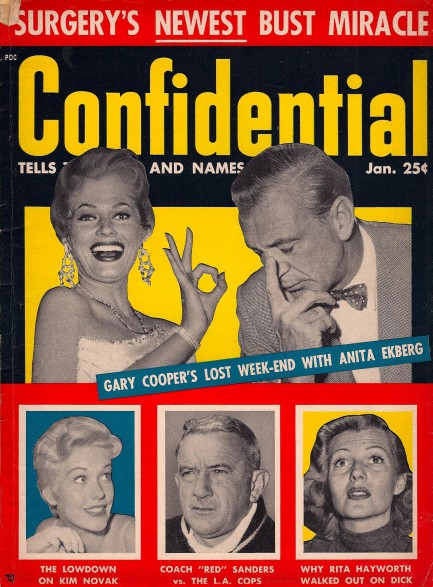
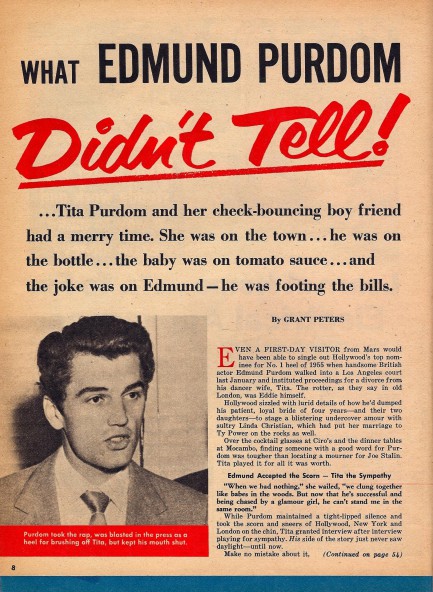
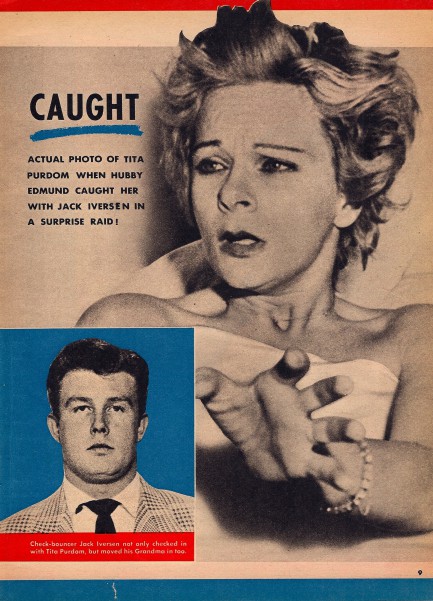
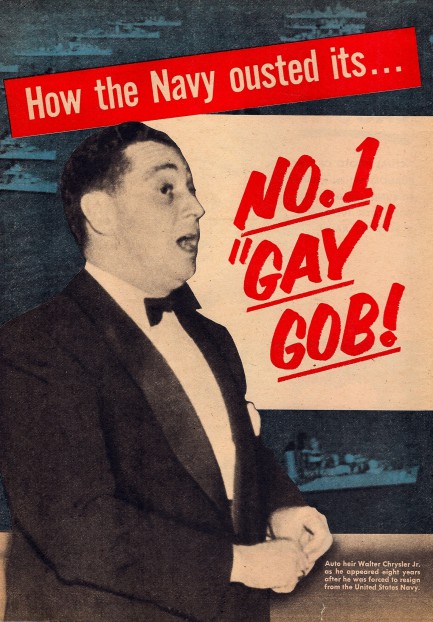
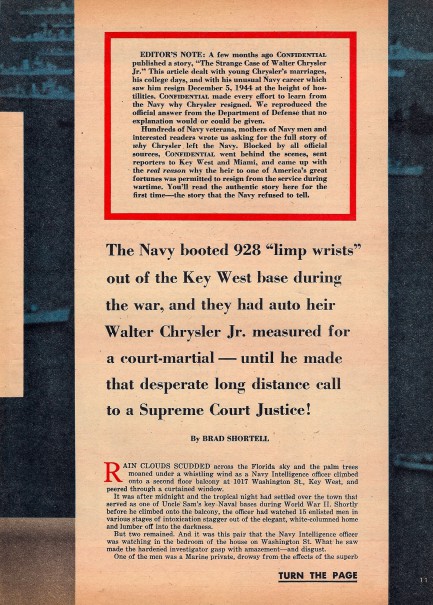 publisher Robert Harrison thought he was. First up is Rita Hayworth, who allegedly walked out on husband Dick Haymes because he beat her. Here's scribe Alfred Garvey: “Haymes' favorite form of assault was to grab Rita by her world-famed tresses and slam her head against a wall until her sense reeled. And the brutal beatings were part and parcel of their schedule wherever they went.” We should note here that Confidential was in no way a defender of women—the magazine published anything that made a celebrity look bad. It didn't publish this story to expose Haymes, but to expose Hayworth. She's the star—the reader must be left asking what's wrong with her.
publisher Robert Harrison thought he was. First up is Rita Hayworth, who allegedly walked out on husband Dick Haymes because he beat her. Here's scribe Alfred Garvey: “Haymes' favorite form of assault was to grab Rita by her world-famed tresses and slam her head against a wall until her sense reeled. And the brutal beatings were part and parcel of their schedule wherever they went.” We should note here that Confidential was in no way a defender of women—the magazine published anything that made a celebrity look bad. It didn't publish this story to expose Haymes, but to expose Hayworth. She's the star—the reader must be left asking what's wrong with her.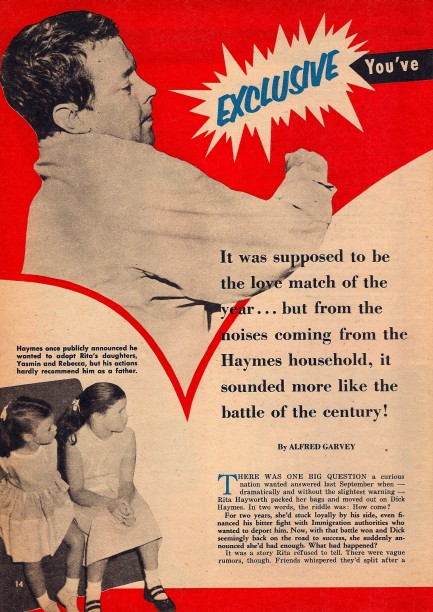
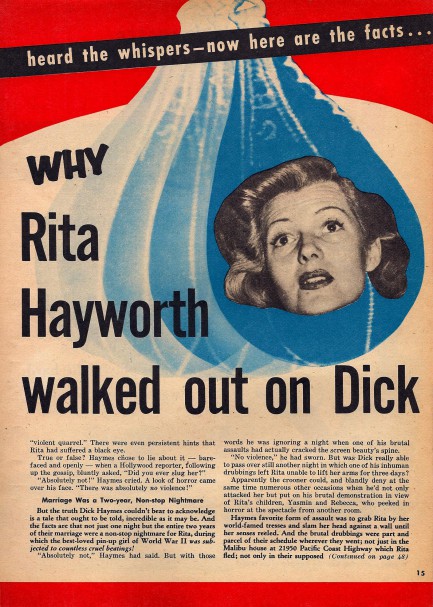
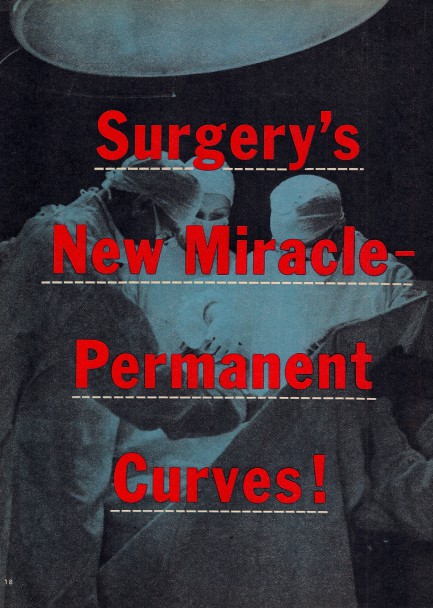
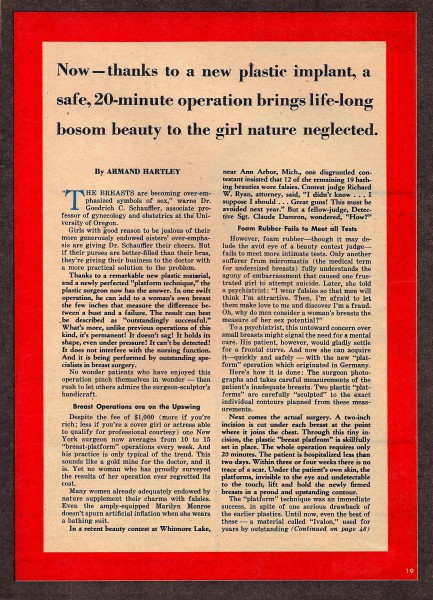 assault in first-hand detail, but even though the writer seems to know every word spoken in that closed room, he never names the victim. This is not because Confidential cares about protecting her identity—if editors can name Hayworth they certainly can name a random aspiring actress—but because she doesn't matter. Her identity would distract the reader.
assault in first-hand detail, but even though the writer seems to know every word spoken in that closed room, he never names the victim. This is not because Confidential cares about protecting her identity—if editors can name Hayworth they certainly can name a random aspiring actress—but because she doesn't matter. Her identity would distract the reader.As far as we know nobody mentioned in any these stories sued. Confidential was impervious—at least for the moment. Celebrities just hunkered down and hoped the stories would fade. But Confidential's
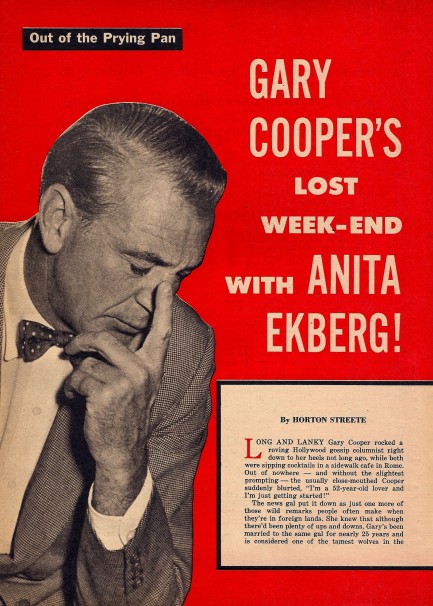
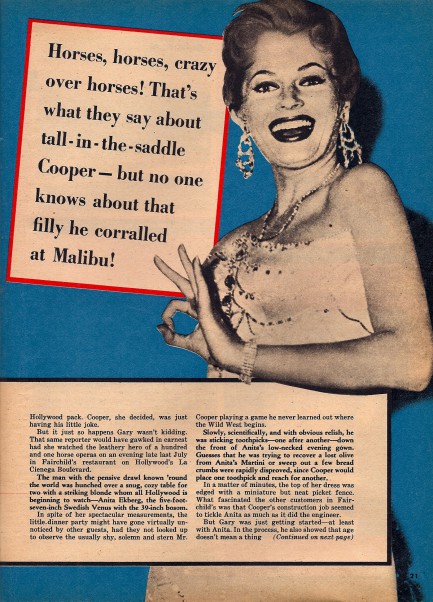
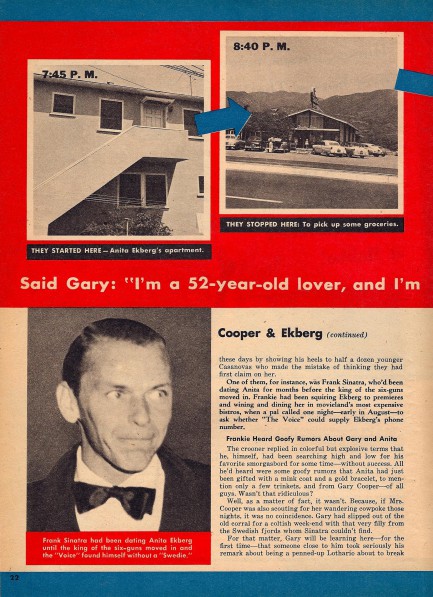
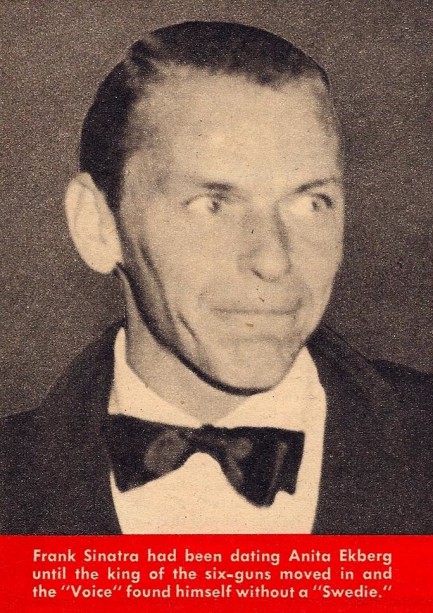
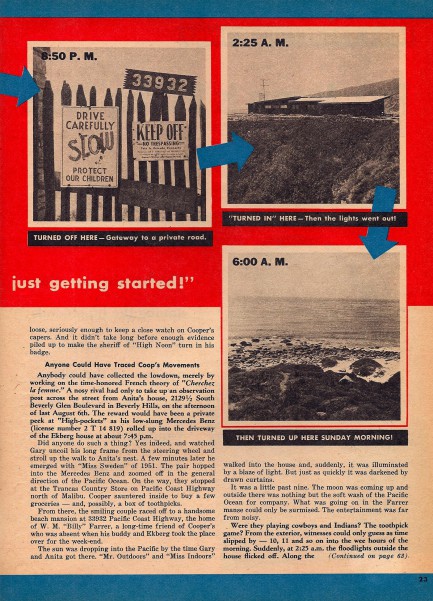 circulation kept growing. Soon it would be one of the most widely read magazines in America, the indisputable king of tabloids. Hmm… king of tabloids has a nice ring to it. We’re going to use that—Pulp Intl. is the king of tabloid websites. You can work your way through more than three-hundred individual tabloid entries here.
circulation kept growing. Soon it would be one of the most widely read magazines in America, the indisputable king of tabloids. Hmm… king of tabloids has a nice ring to it. We’re going to use that—Pulp Intl. is the king of tabloid websites. You can work your way through more than three-hundred individual tabloid entries here.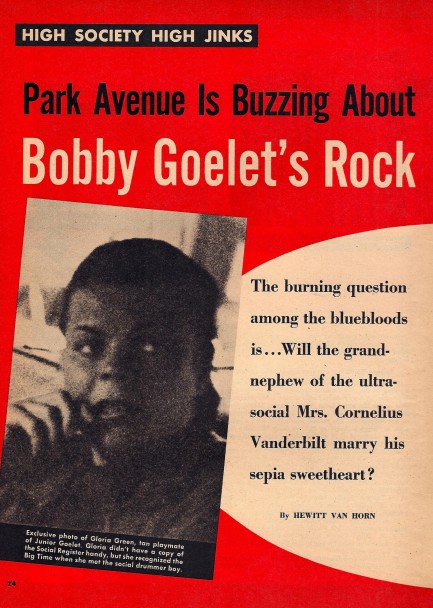
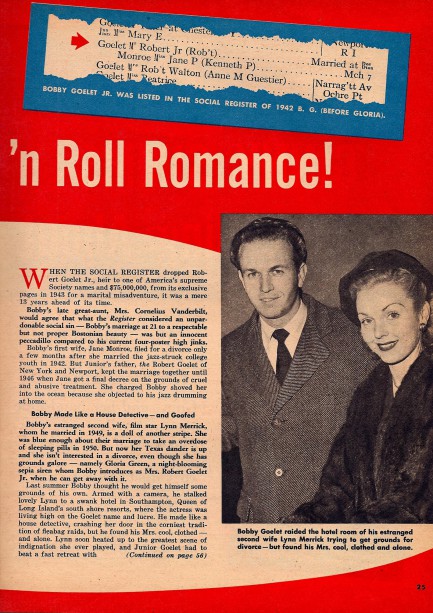
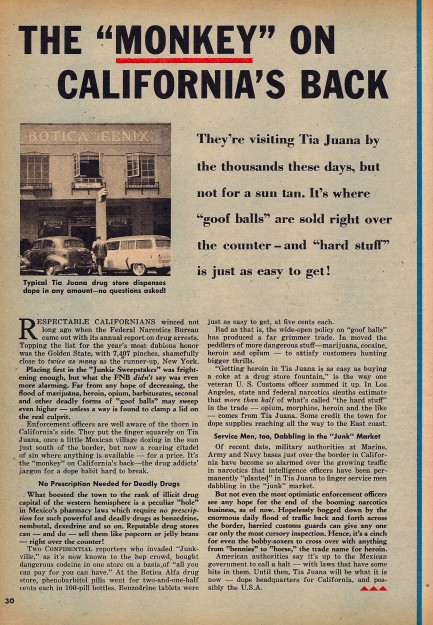
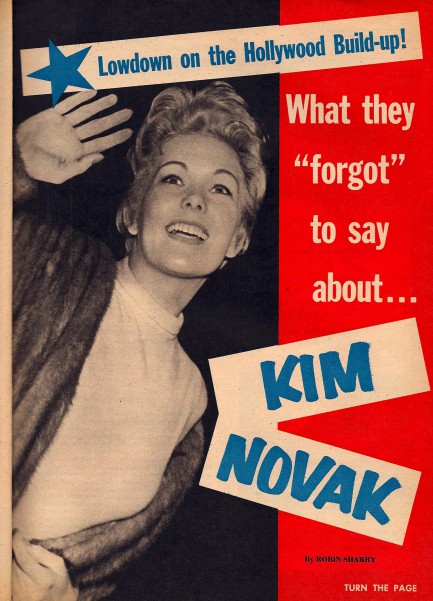
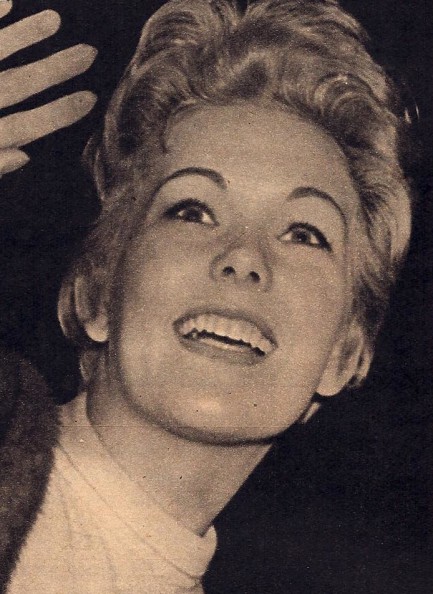
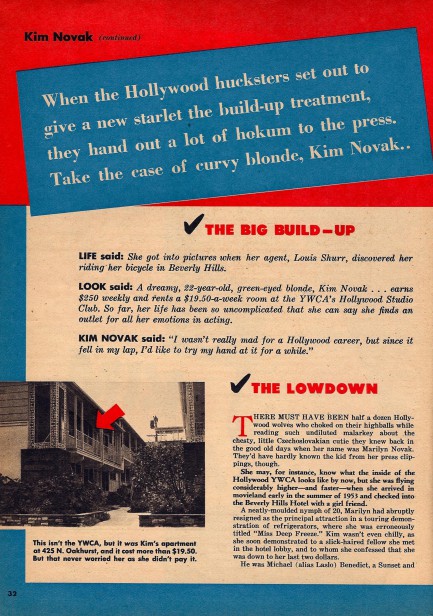
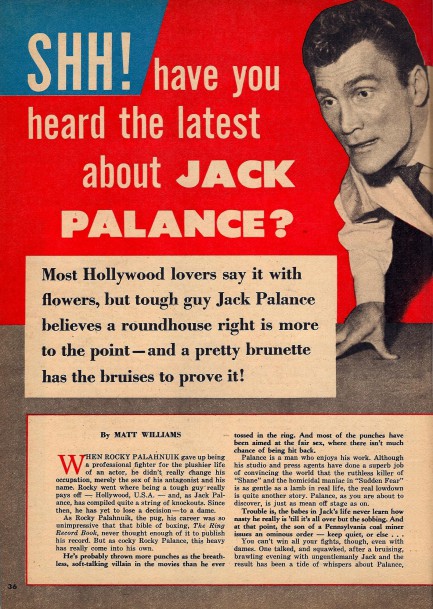
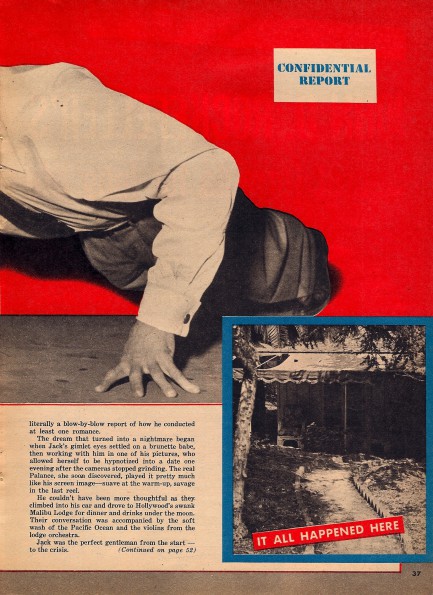
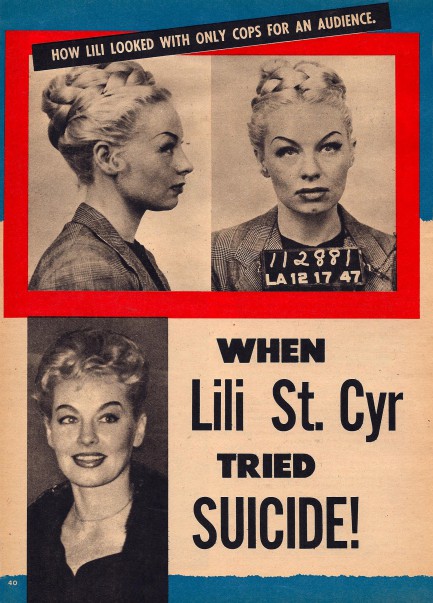
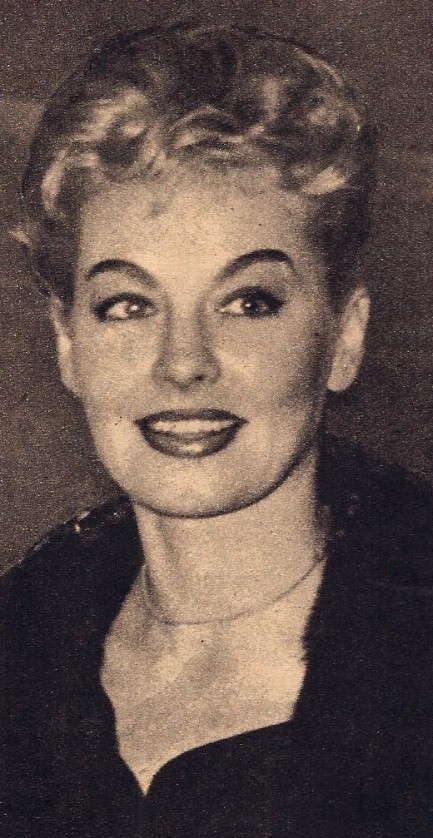
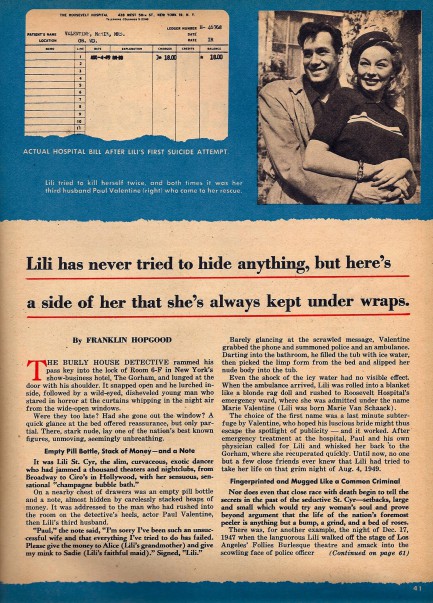
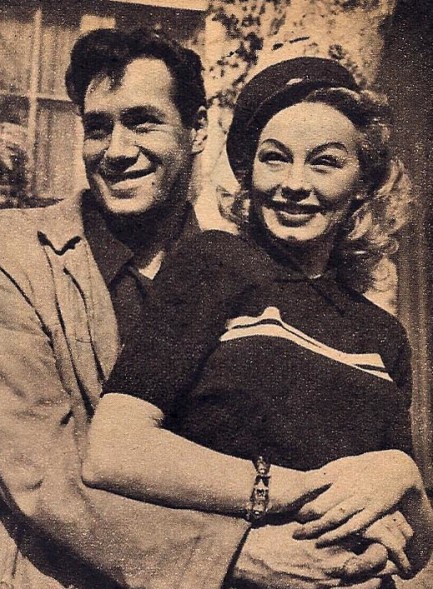
| Vintage Pulp | Nov 25 2015 |

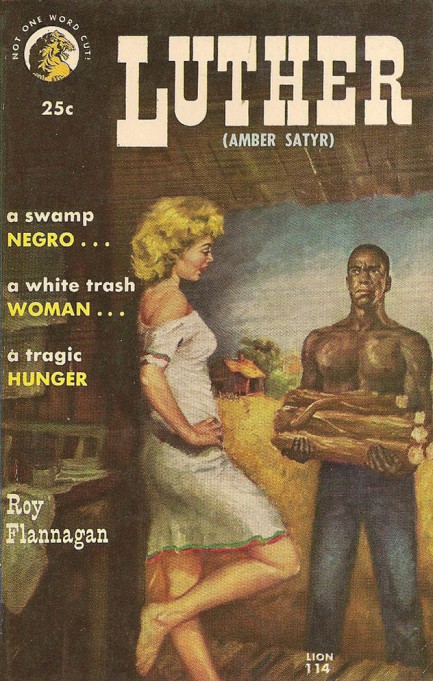
Science has given humanity a lot over the centuries. What will turn out to be one of its most important gifts is its conclusion, widely disseminated beginning in 1950 but by today firmly proven thanks to DNA sequencing, that race doesn’t exist in any scientific way. Of course, many don’t consider that fact a gift—but many people also had serious problems with the revelation that the Earth wasn’t flat. The concept of race comes entirely from the human imagination, and anti-black racism dates from within about the last five-hundred years, created principally as a means to justify the trans-Atlantic slave trade. Seen in that light, scientific proof that race doesn’t exist represents not new knowledge, but a return to knowledge that was the norm before the drive for riches caused men to deliberately warp human thought as a means to cover for mass cruelty.
As an imaginary construct, however, race is persistently powerful, which the collection of paperback fronts above and below strongly illustrate. We weren’t around when any of these were written, but their existence reveals a surprisingly (to us) lively market in such material. Were all the books you see here of great worth? Certainly not. But even with their flaws—particularly woman-blaming for rape—these books are artifacts of a fascinating racial dialogue that we suspect, on balance, was beneficial. We have fifty examples and there are at least a couple dozen more we didn’t include (Black Dicks for Marcie was just a bit too out there). Some of those pieces will pop up later in a slightly different themed collection. In addition to what you see here, we also put together a related group last year featuring an Asian theme and you can see that here.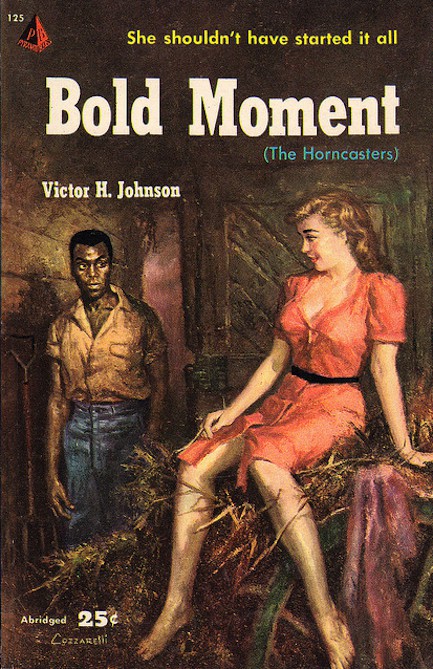
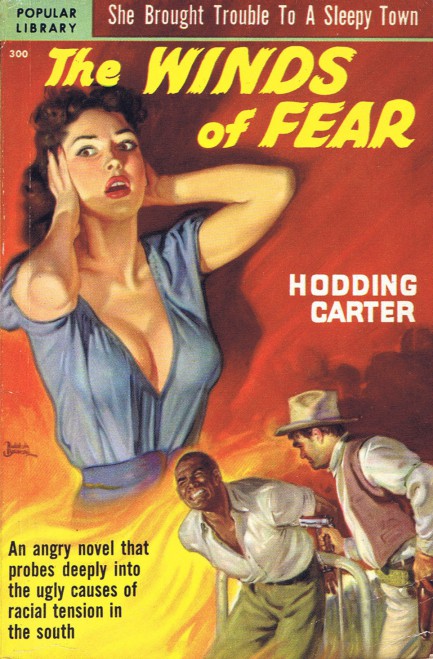
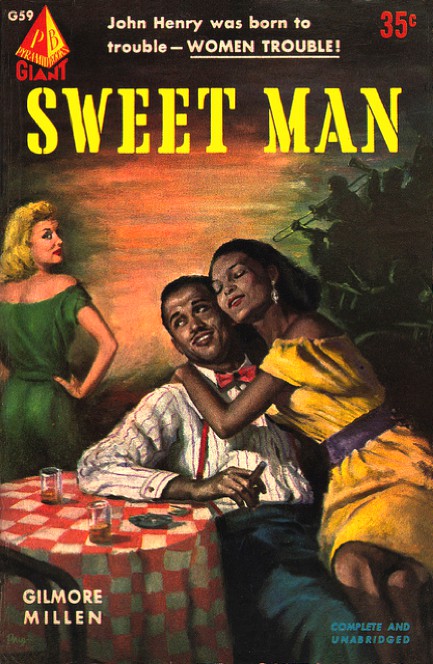
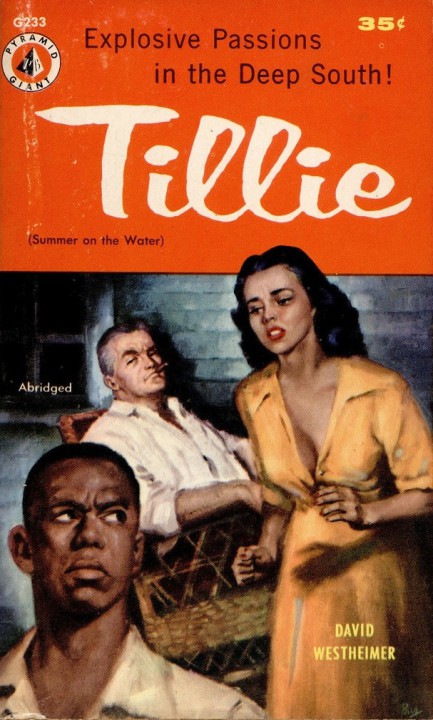
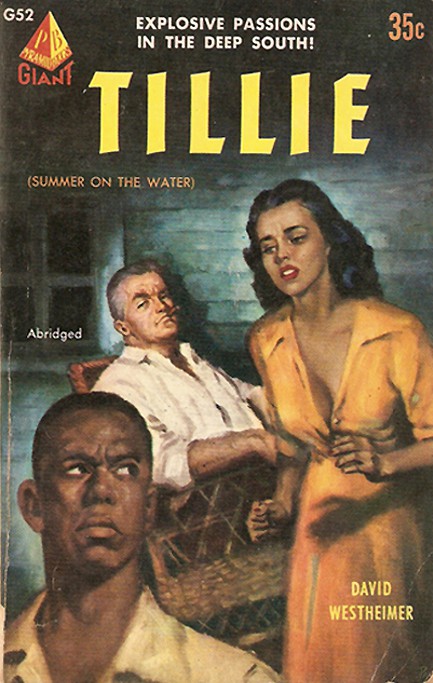
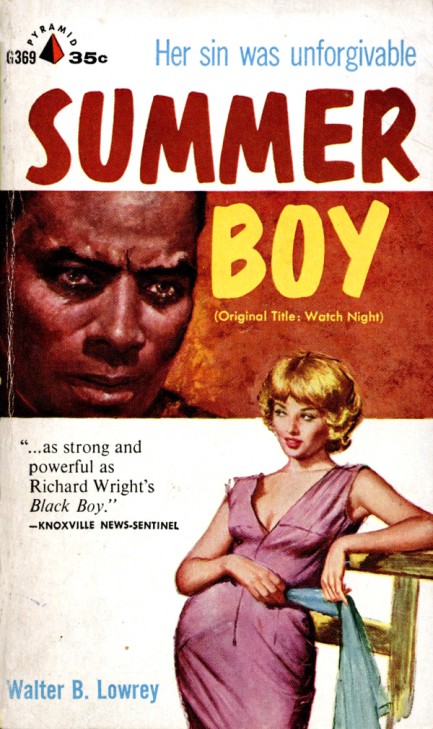
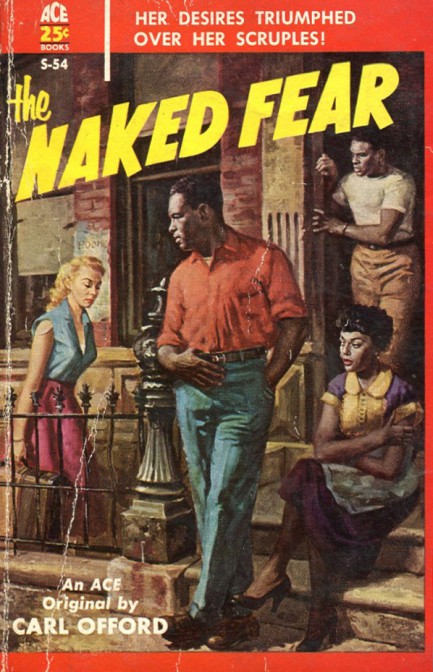
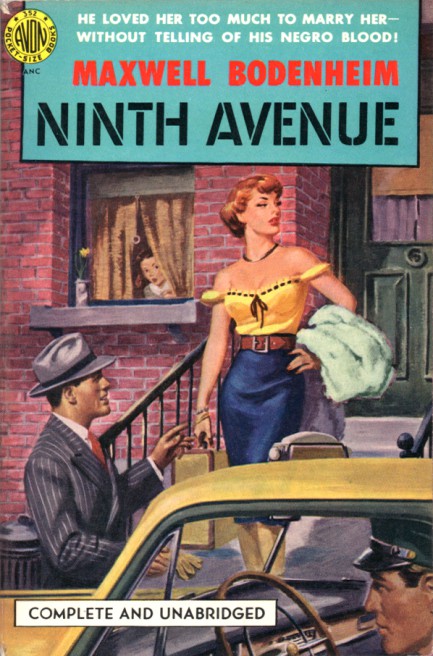
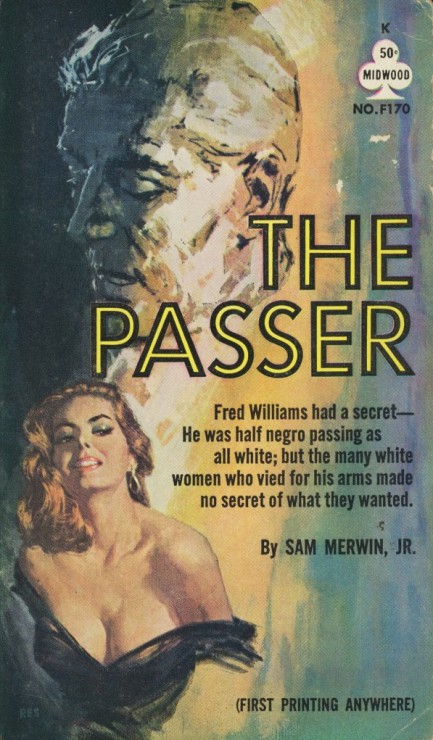
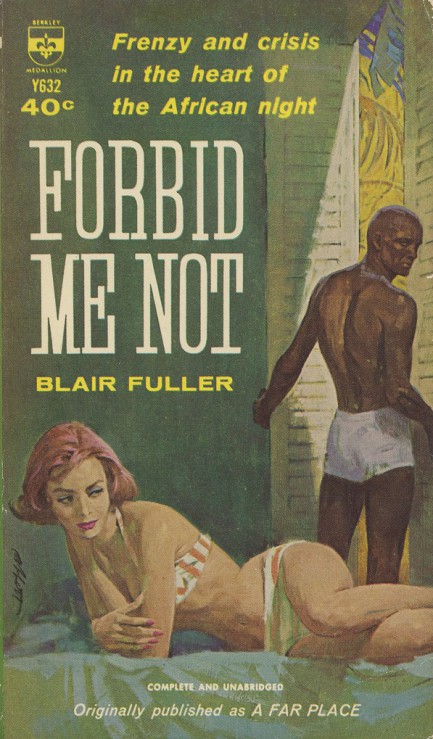
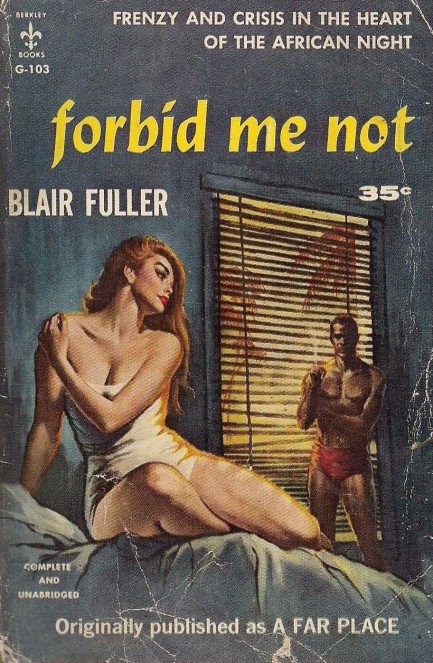
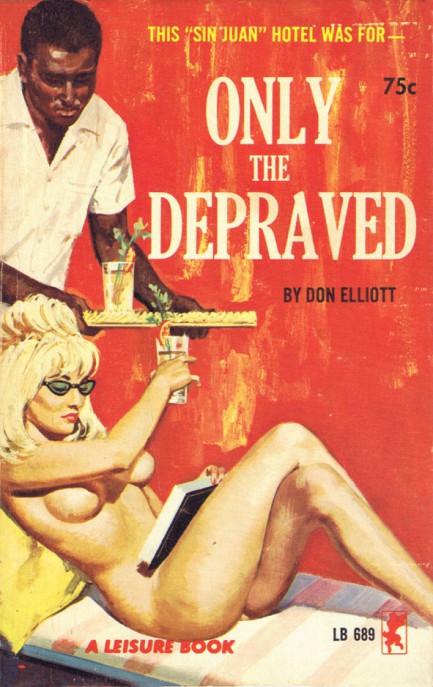
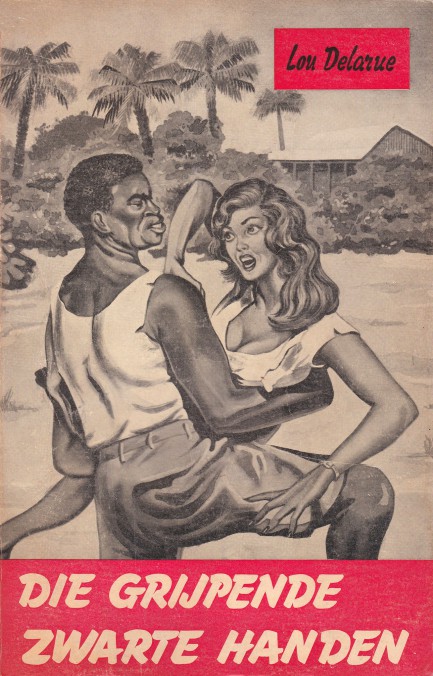
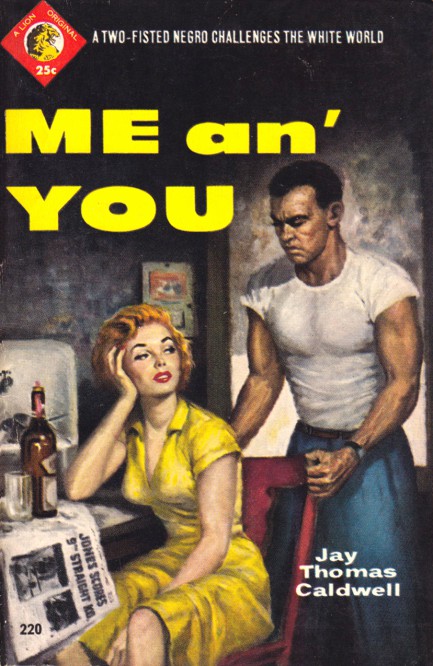
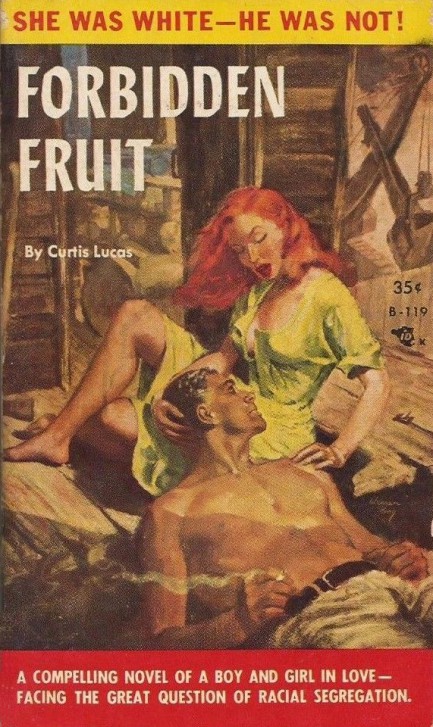
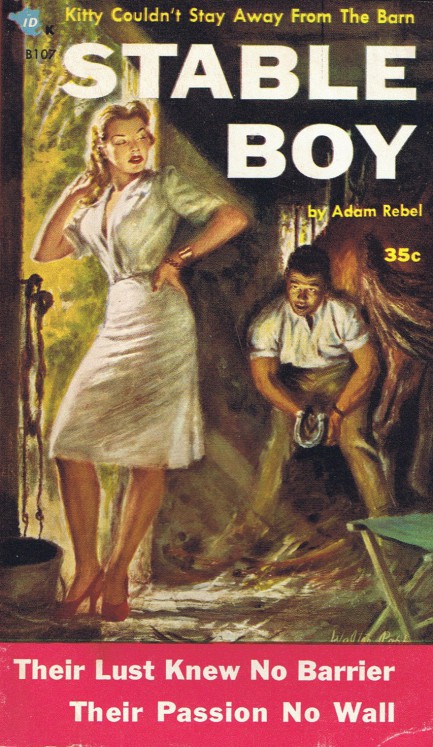
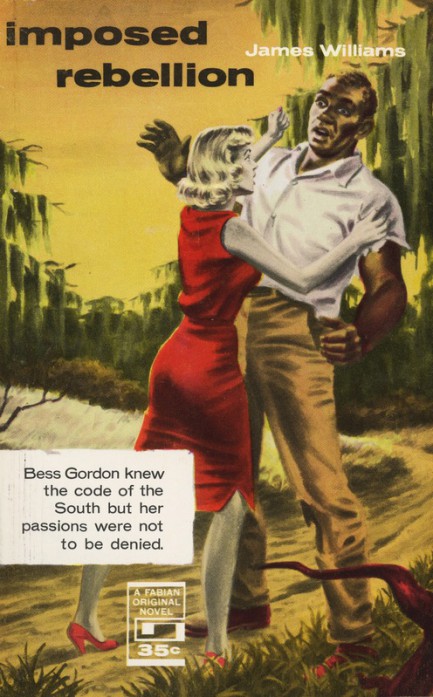
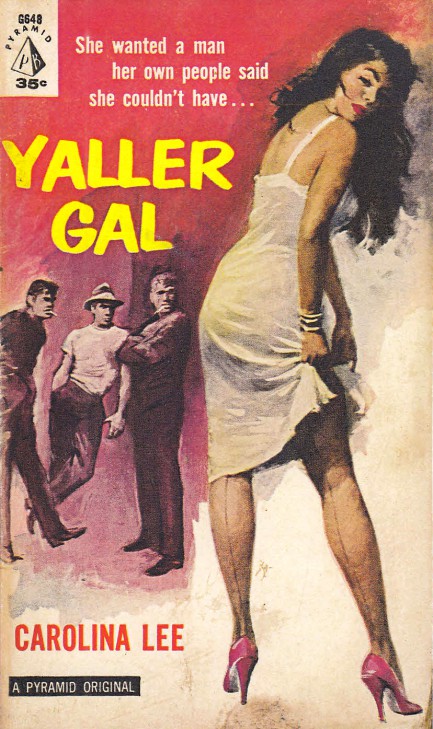
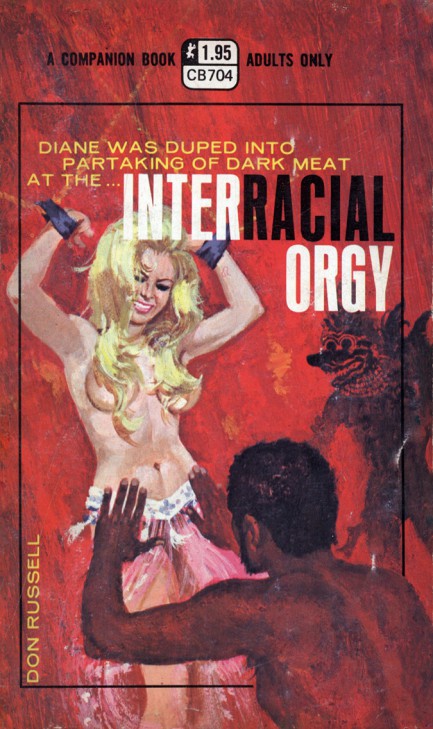
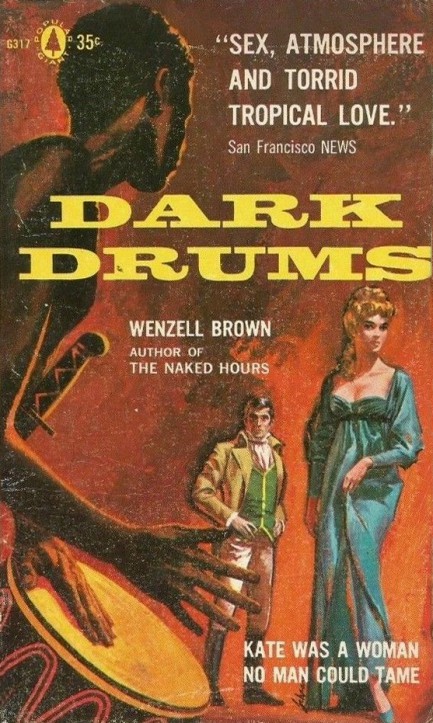
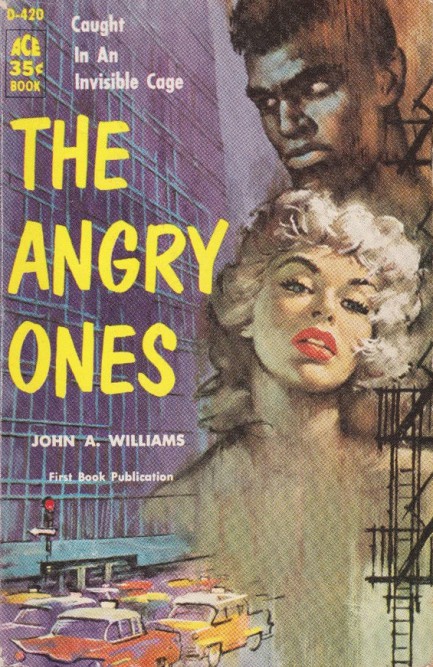
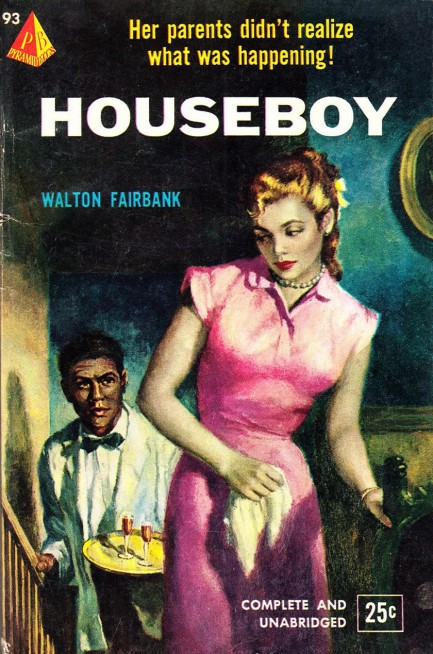
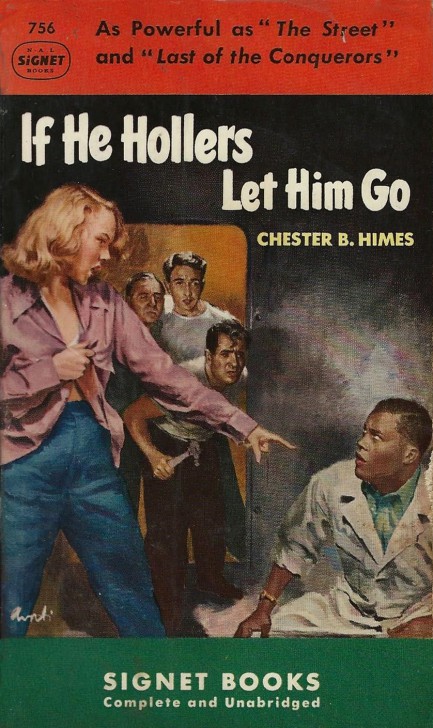
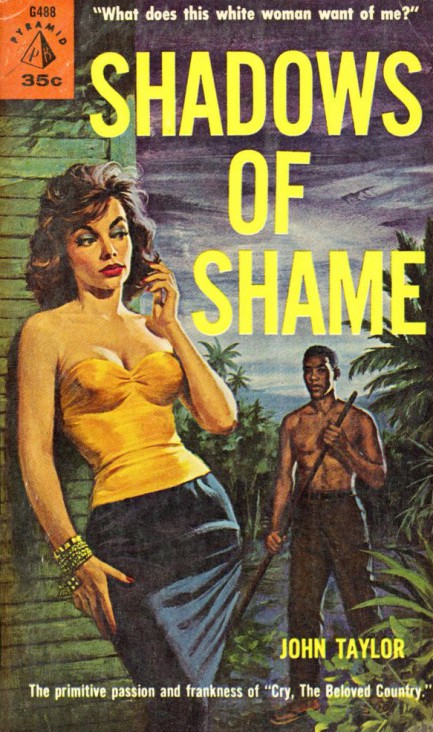
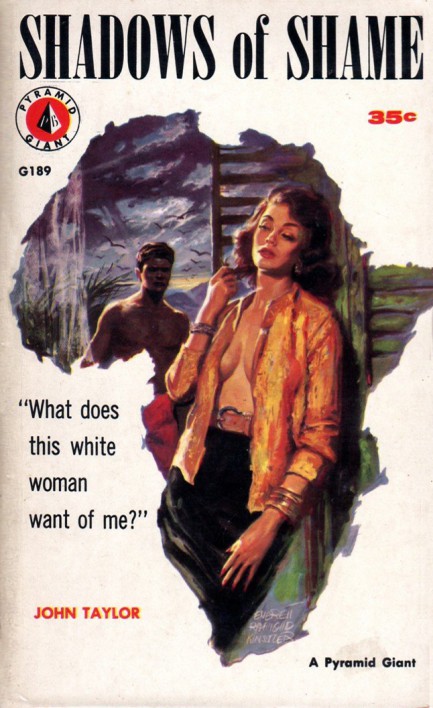
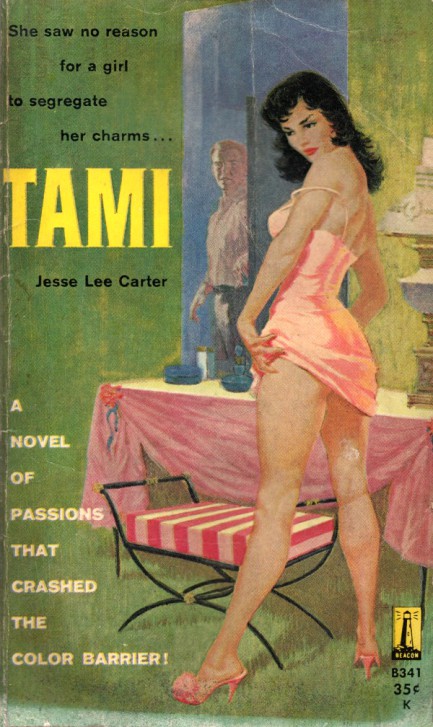
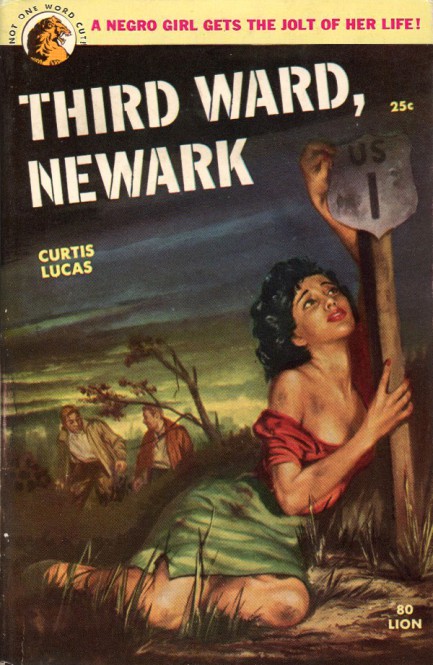
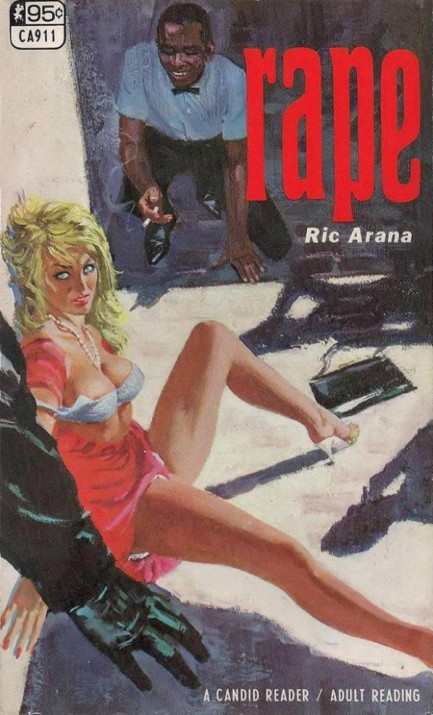
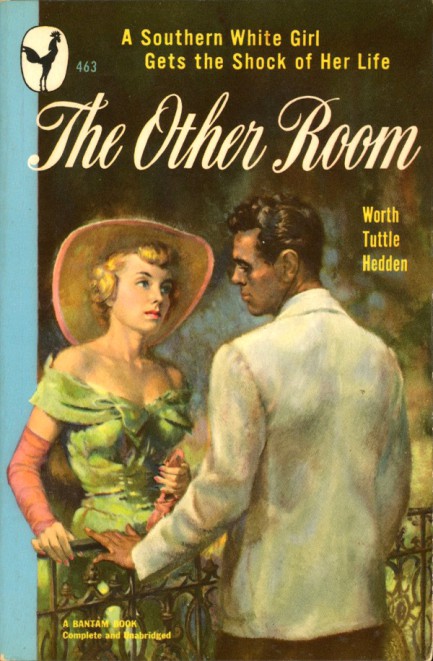
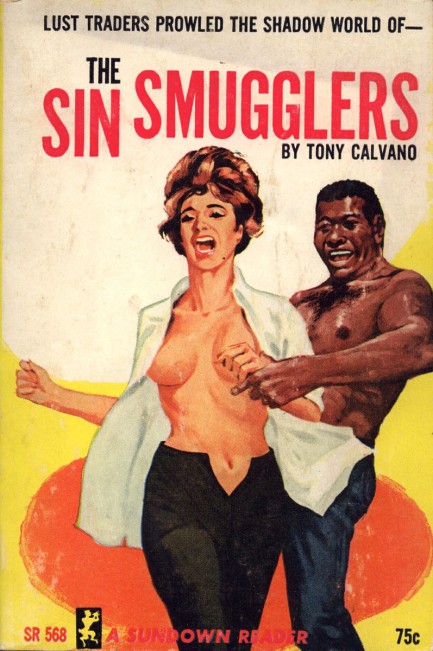
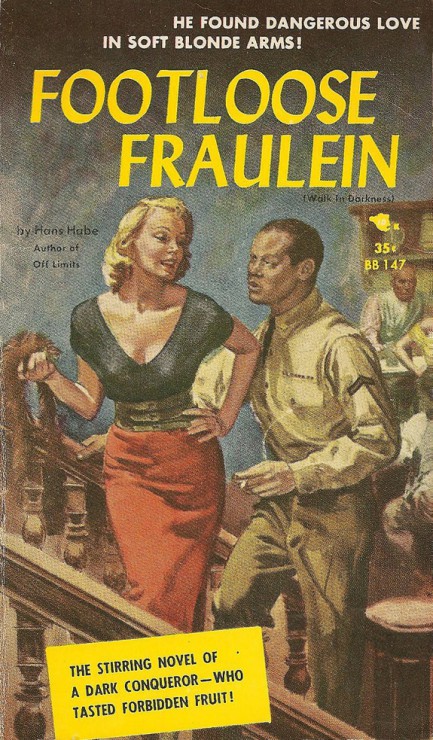
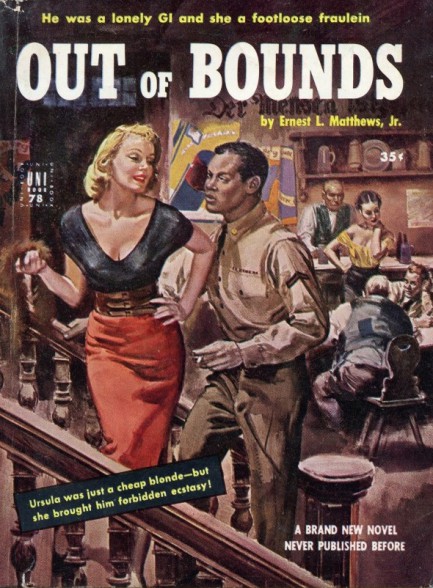
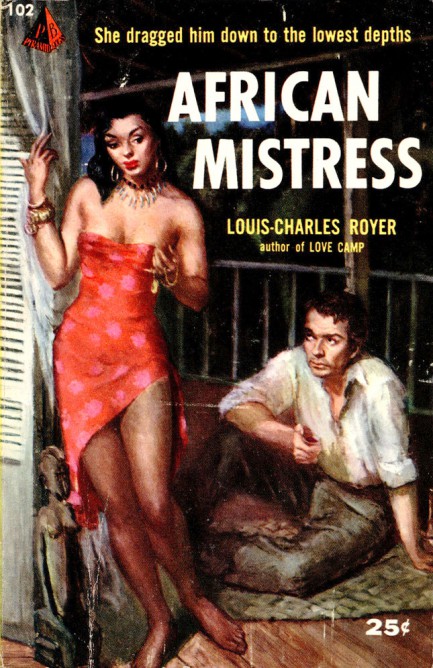
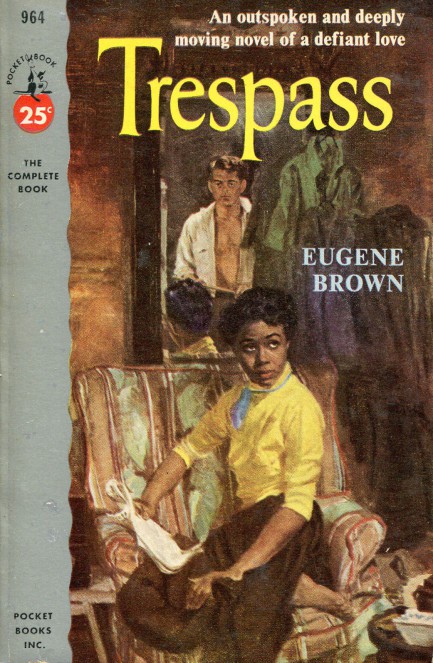
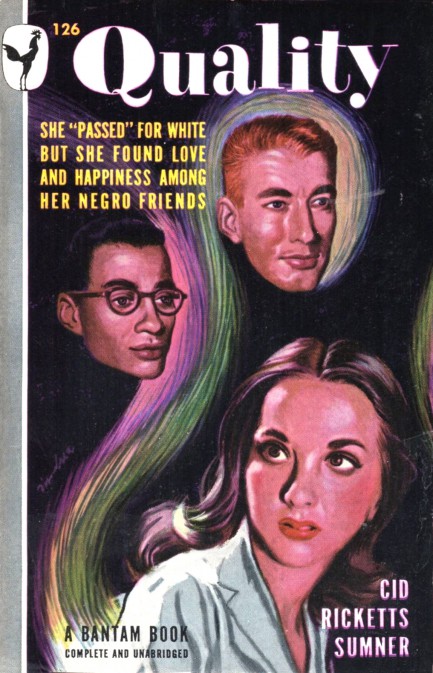
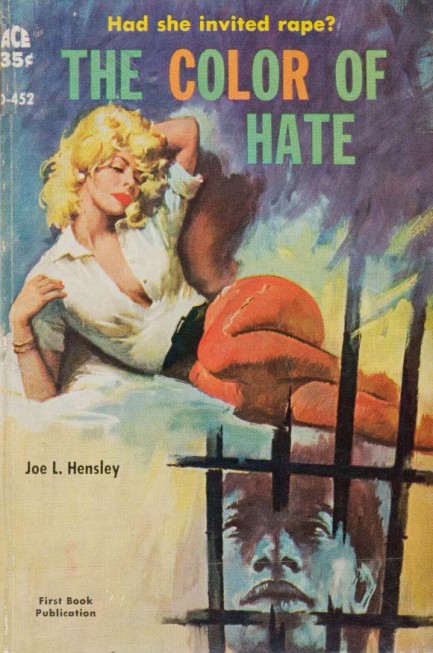
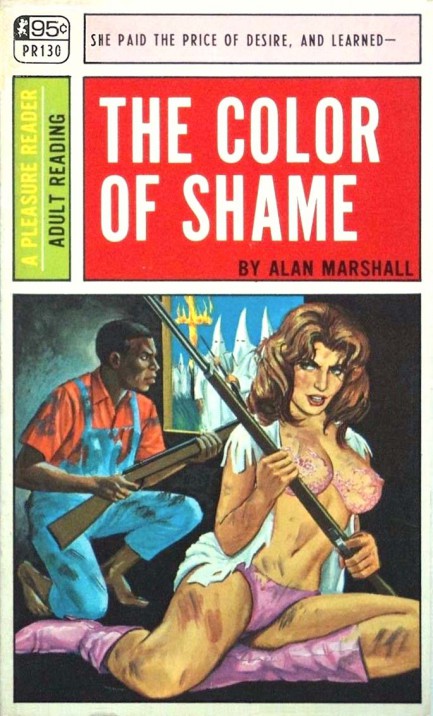
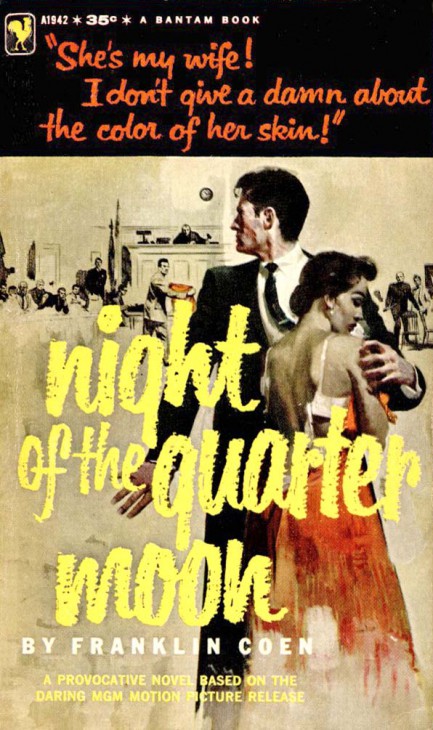
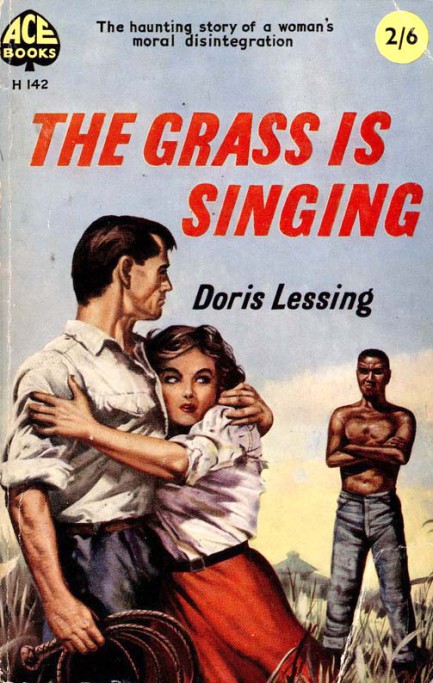
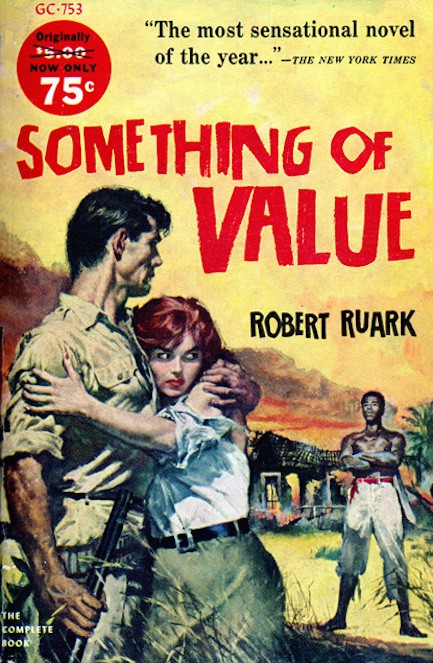
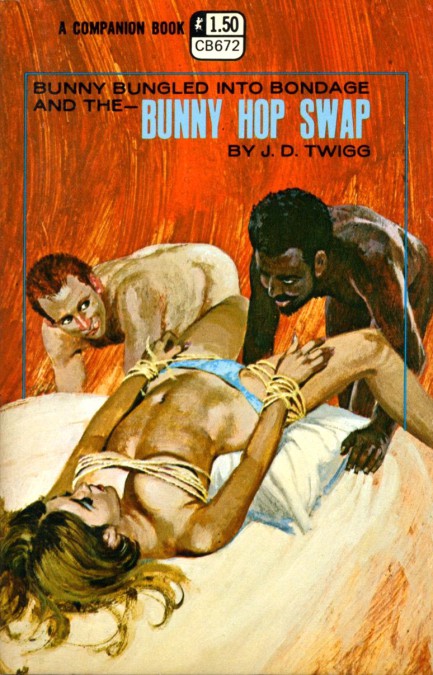
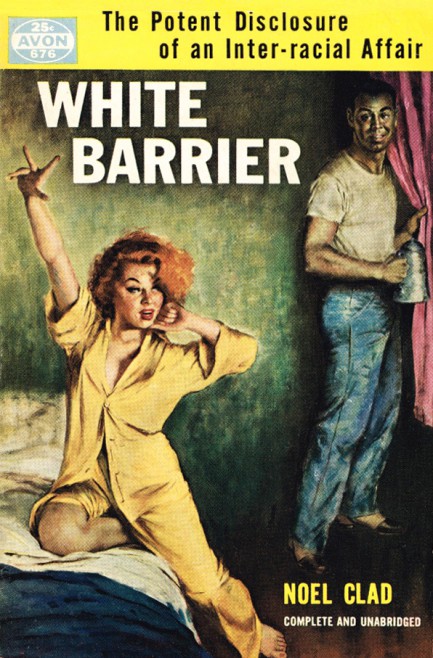
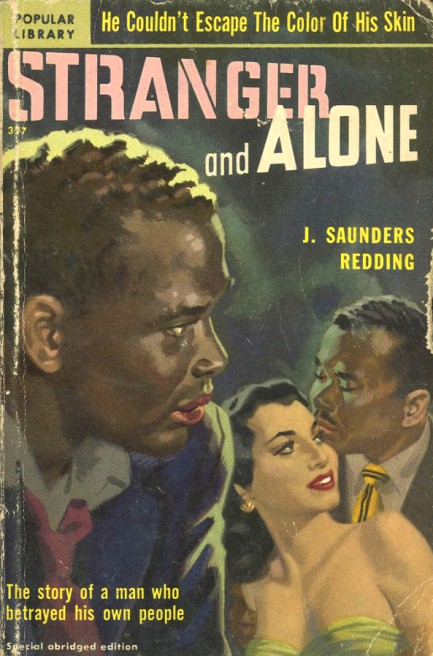
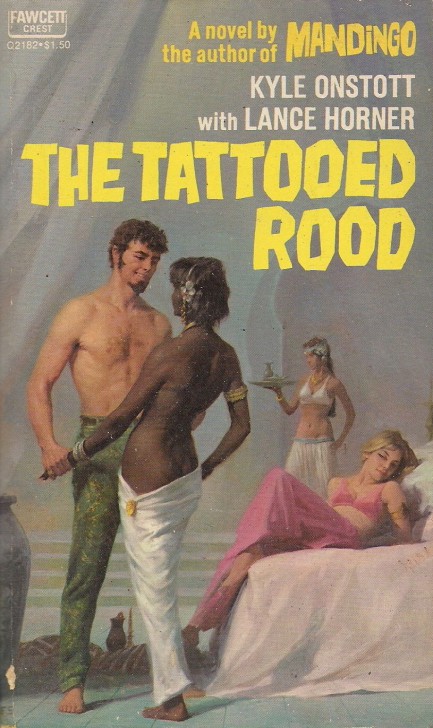
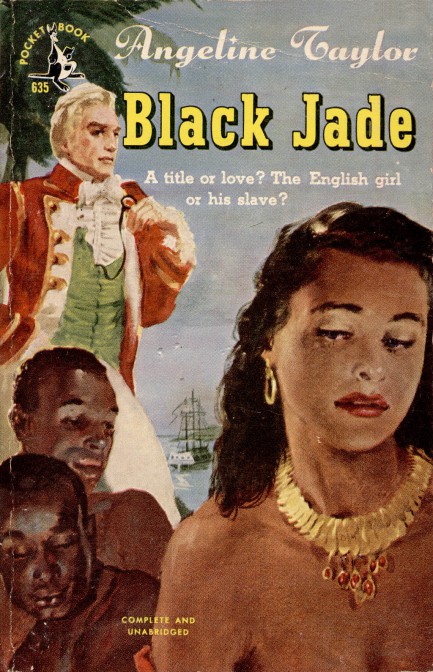
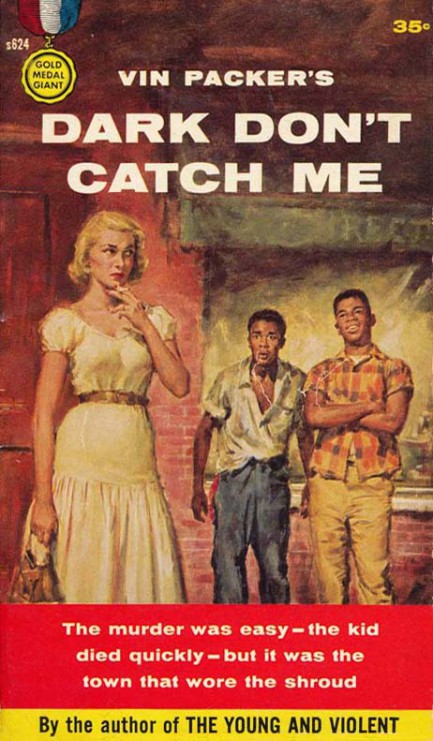
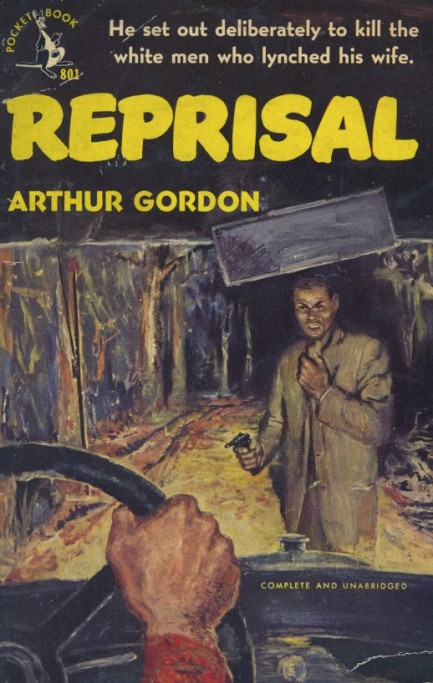
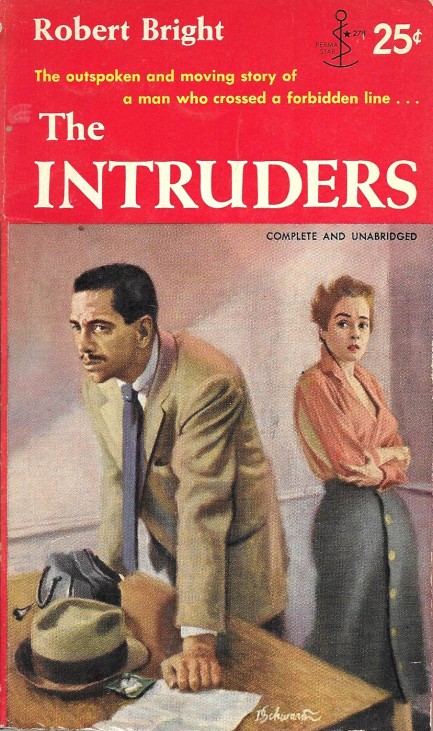
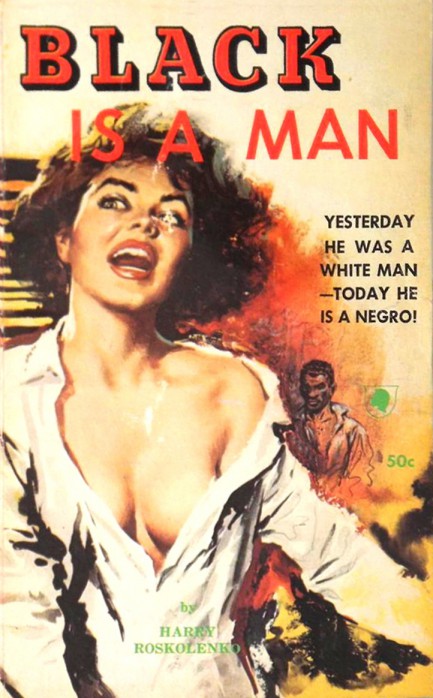
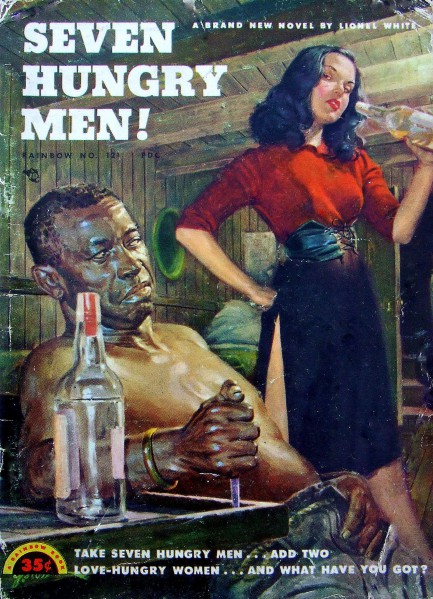
| Hollywoodland | Oct 26 2015 |

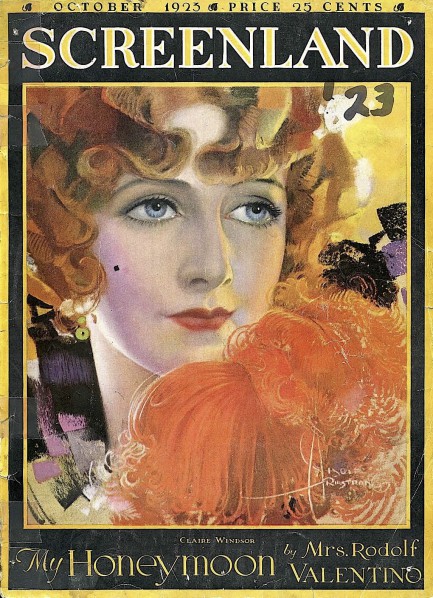
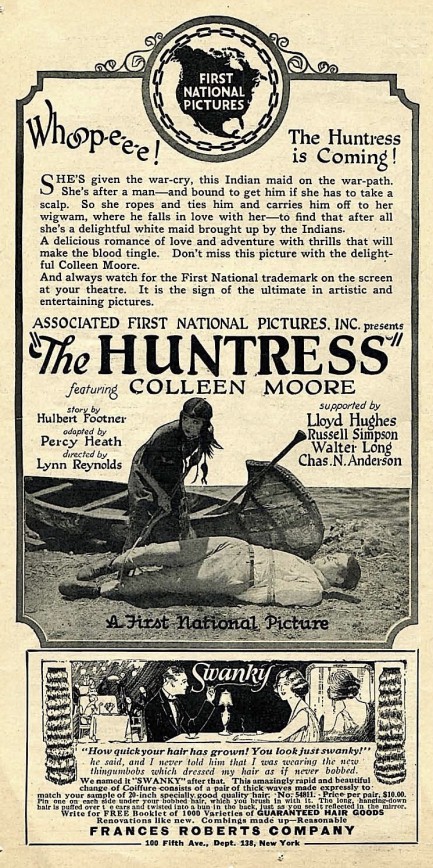
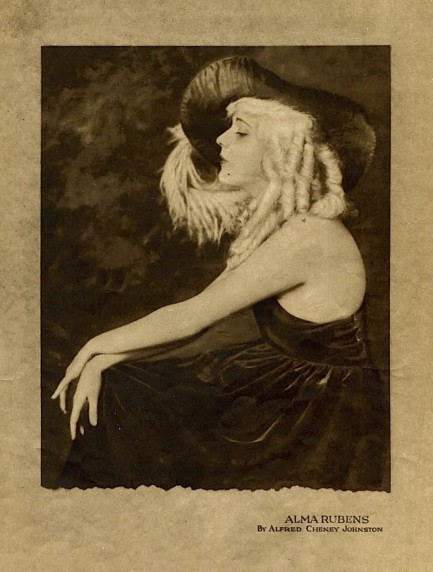
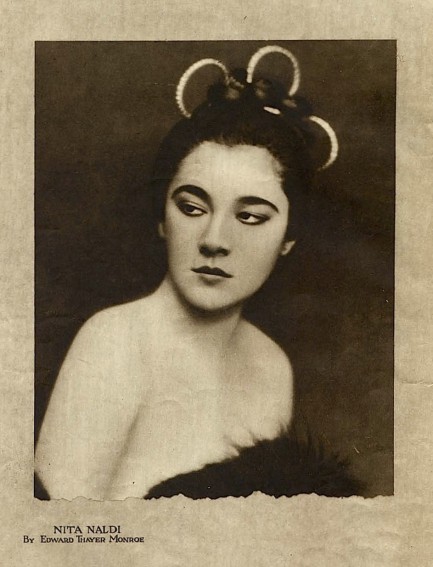
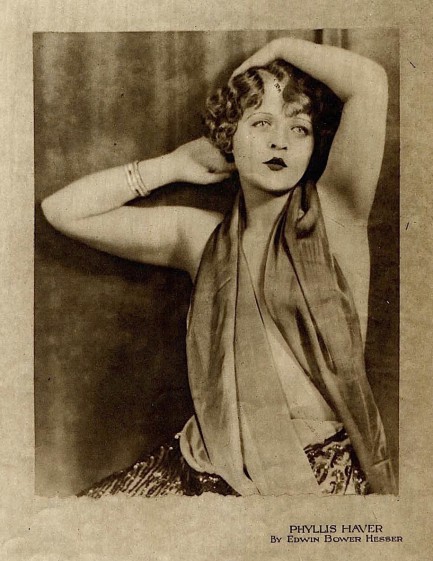
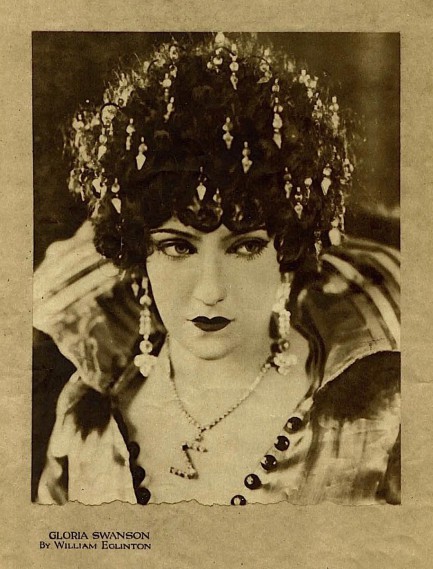
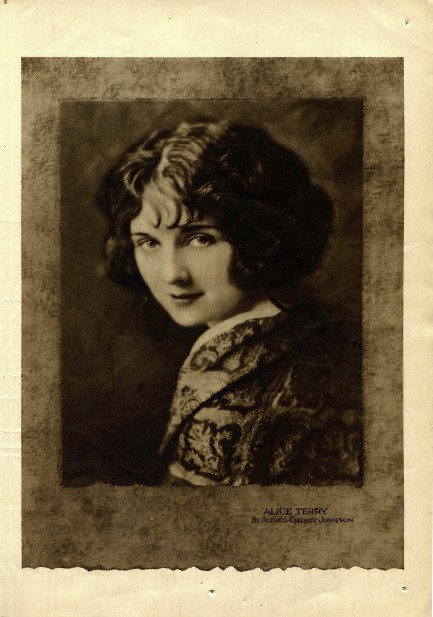
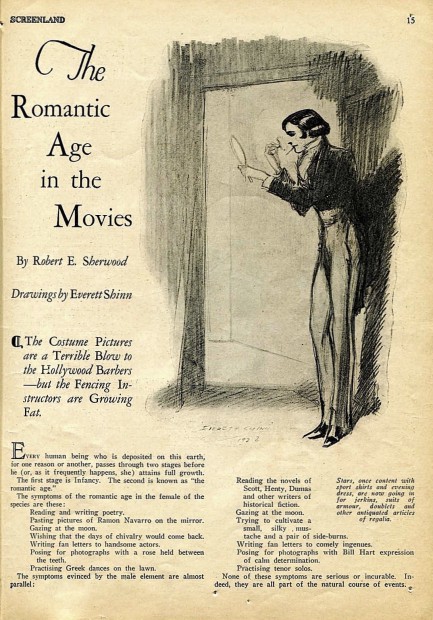
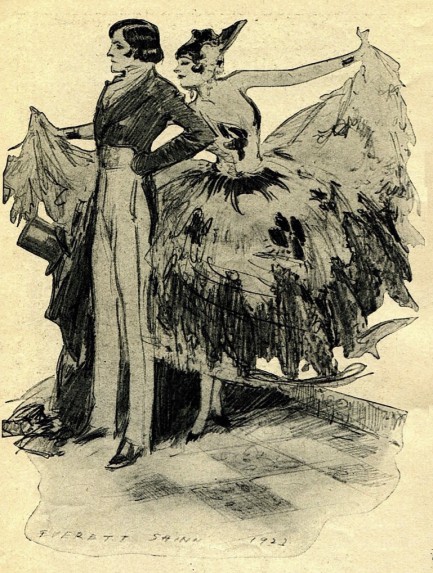
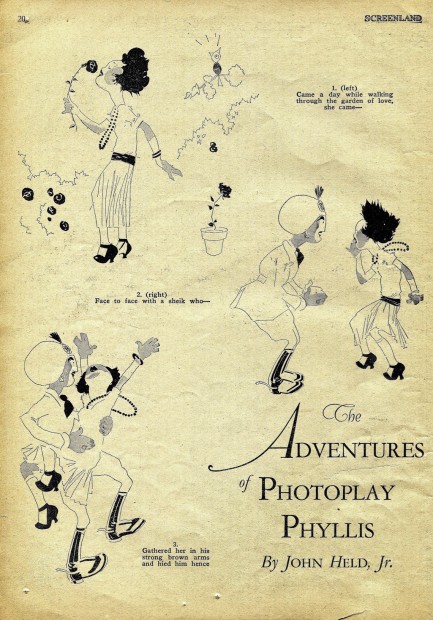
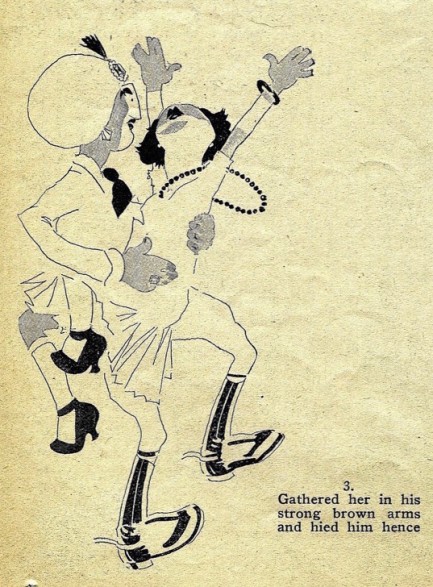
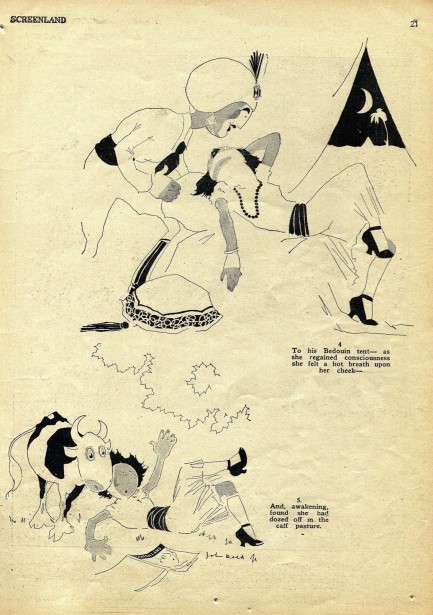
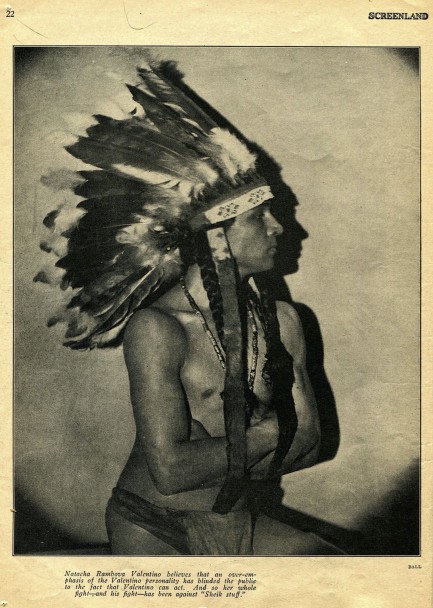
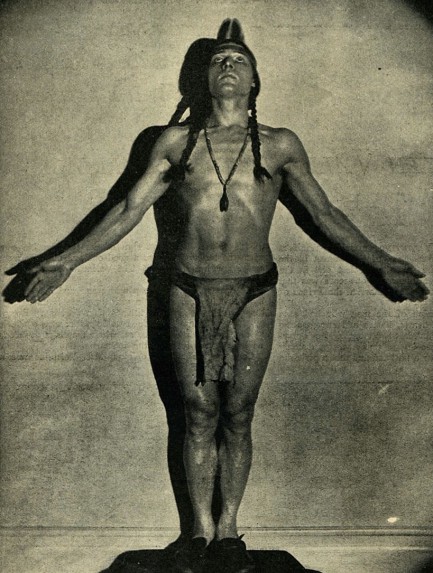
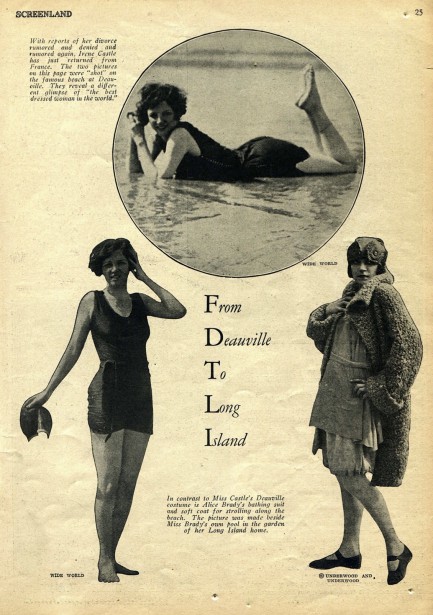
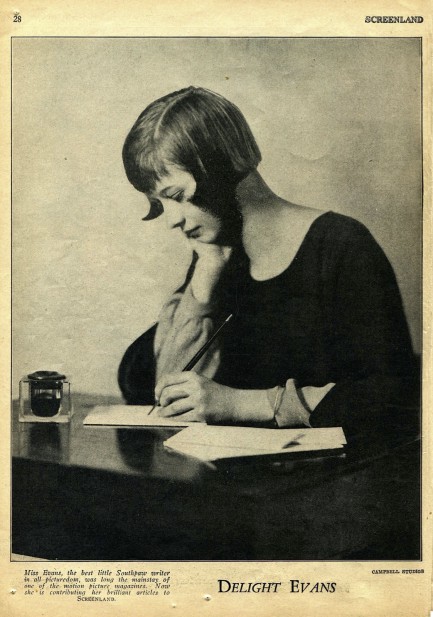
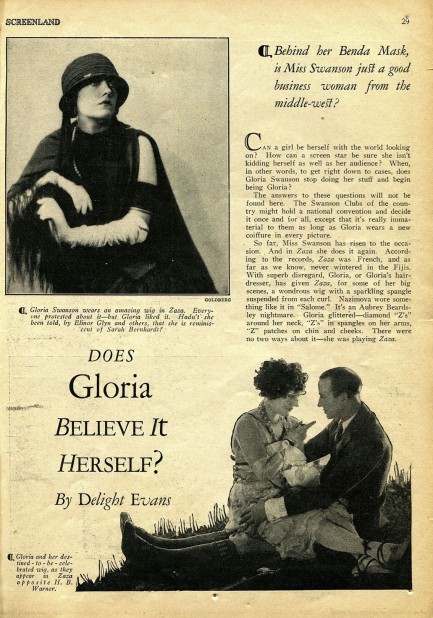
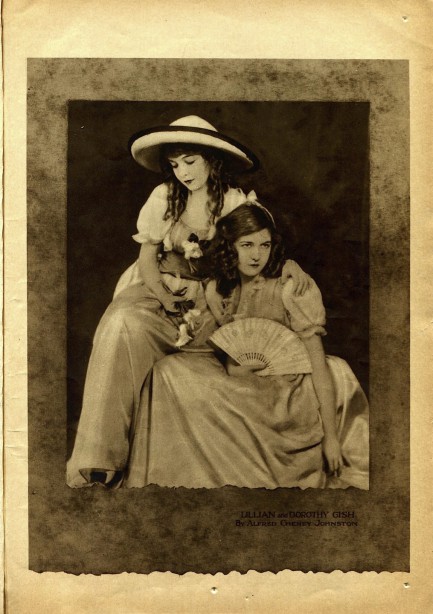
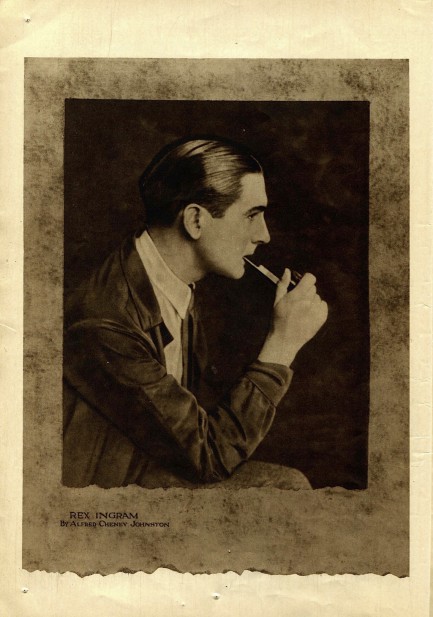
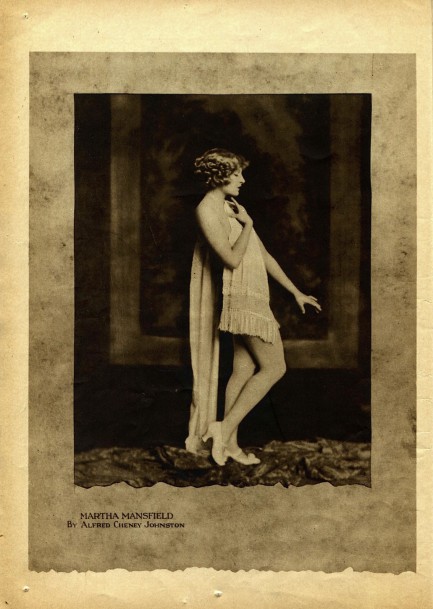
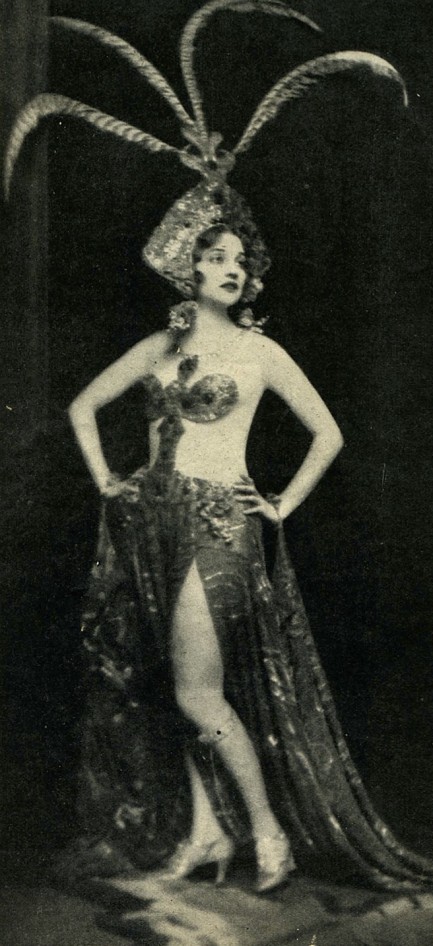
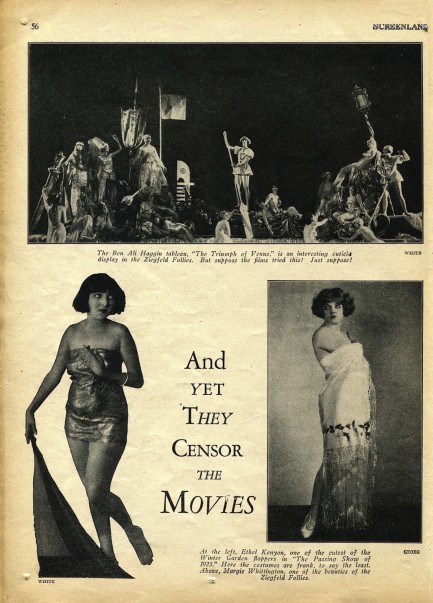
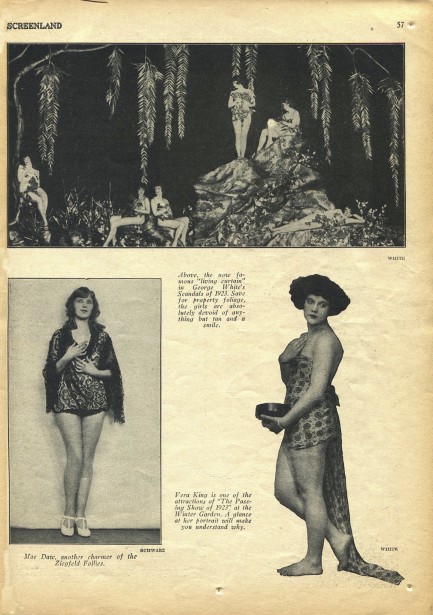

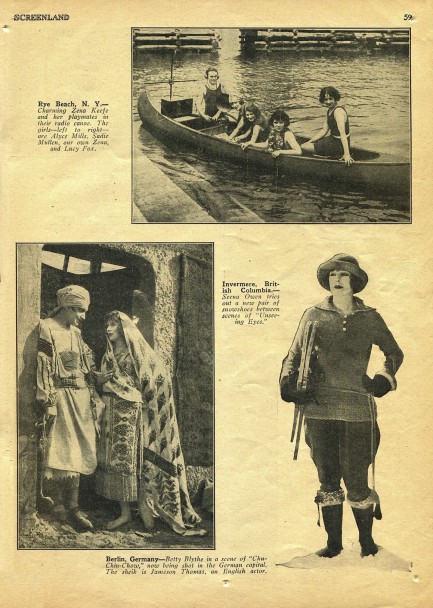
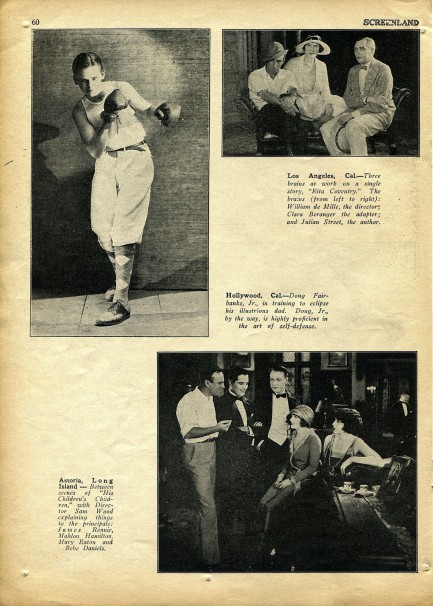
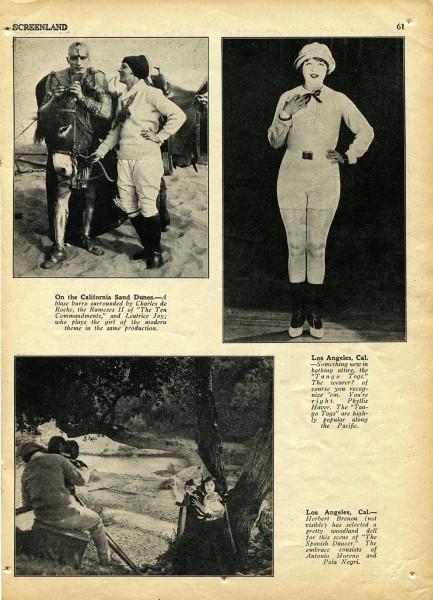
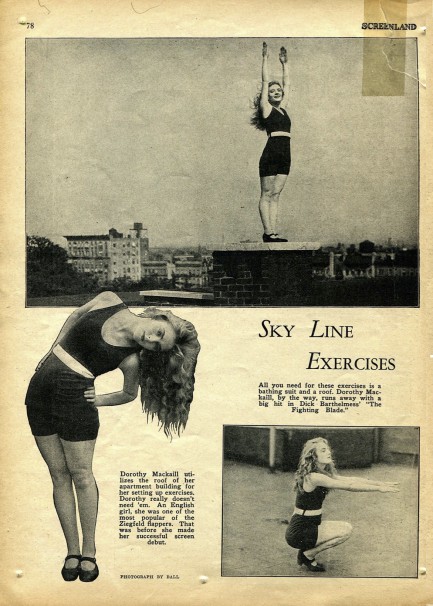
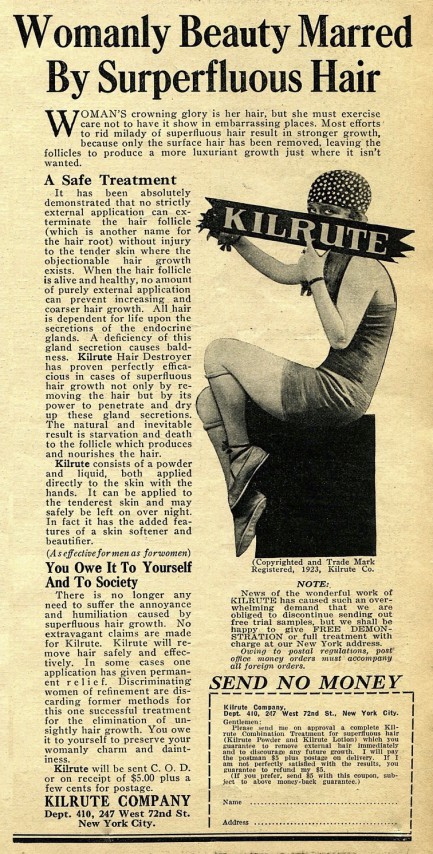
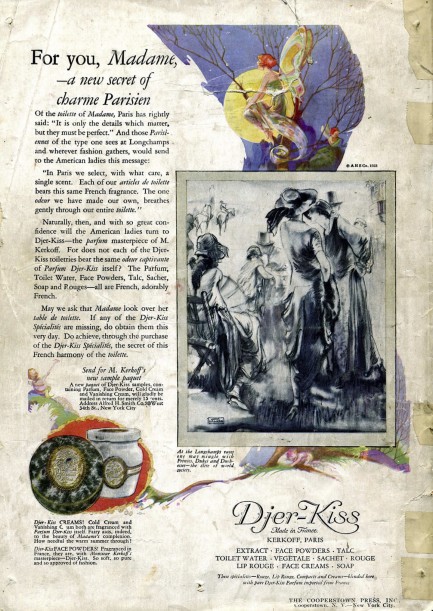
| Vintage Pulp | Oct 12 2015 |

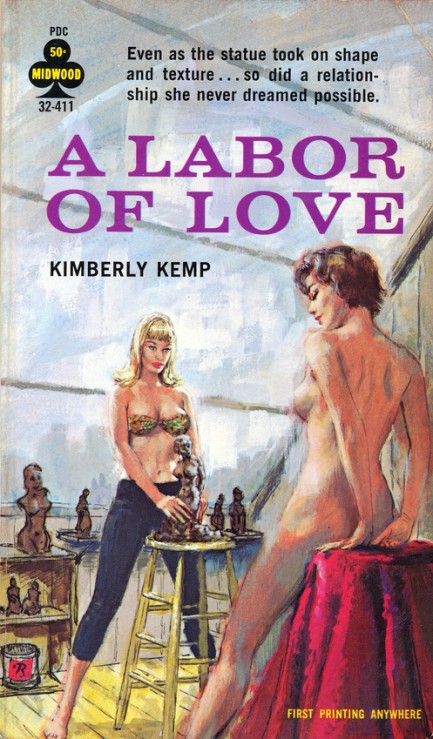
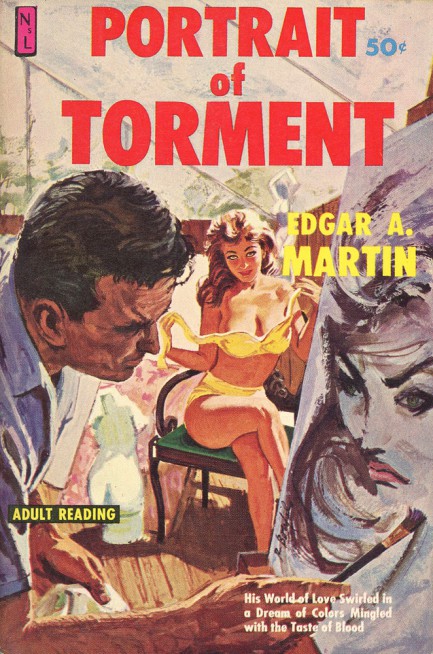
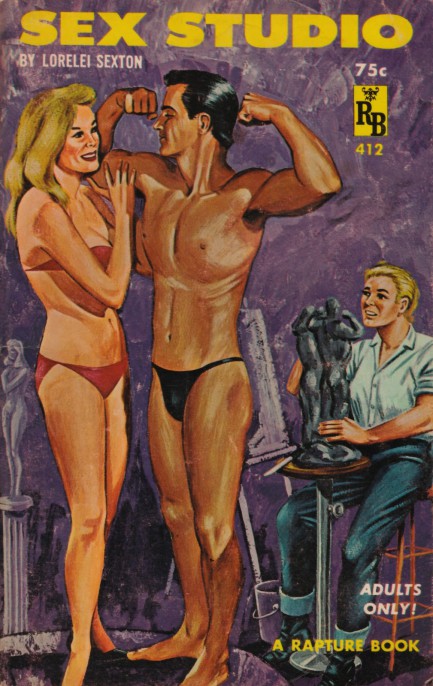
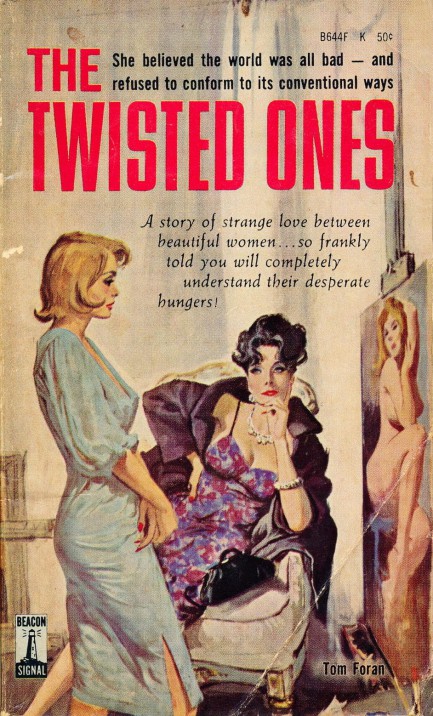
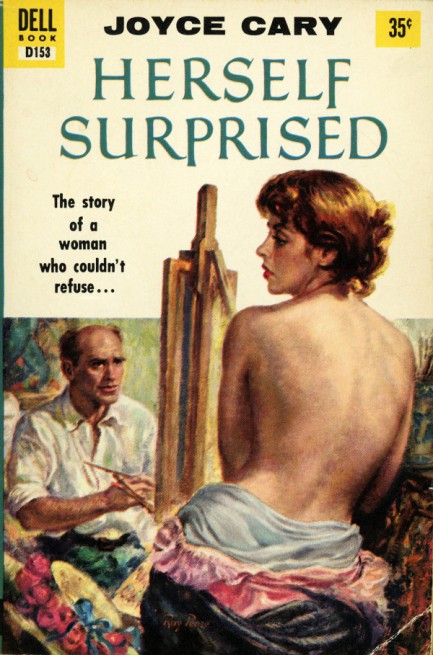
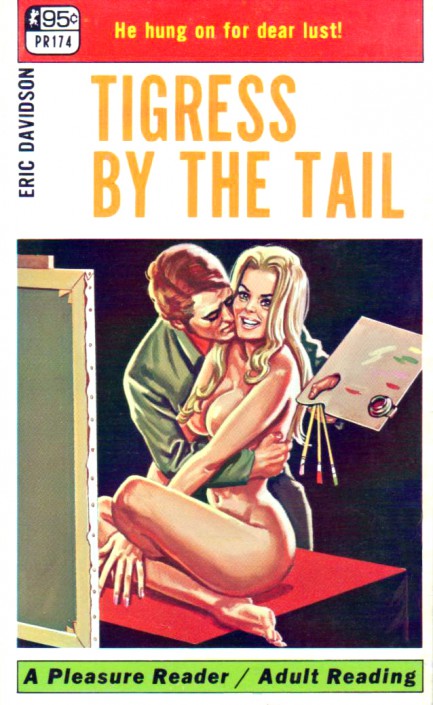
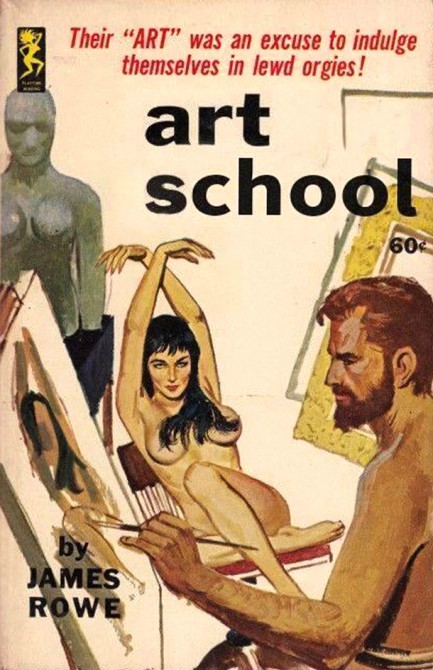
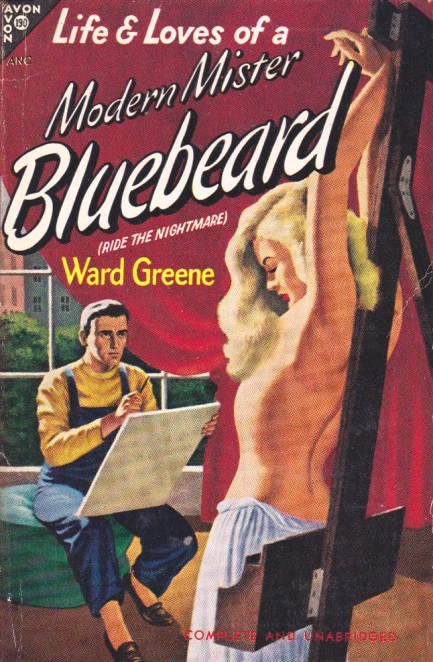
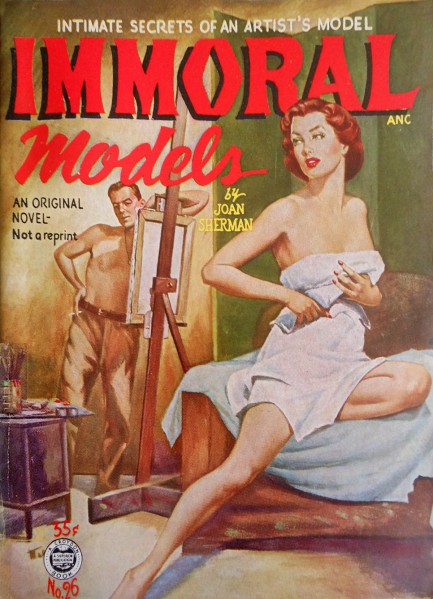
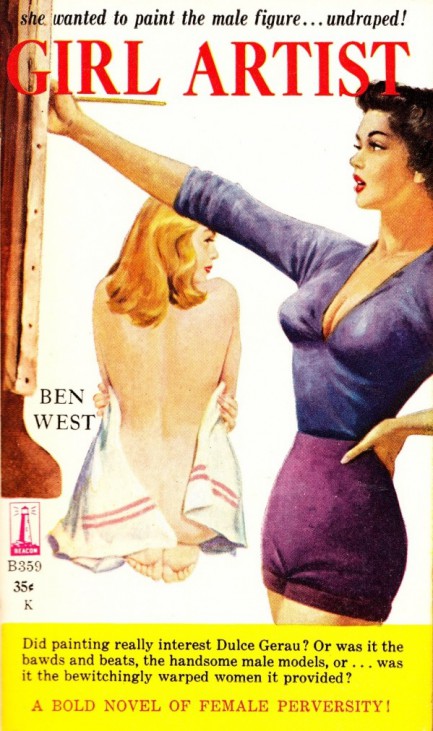
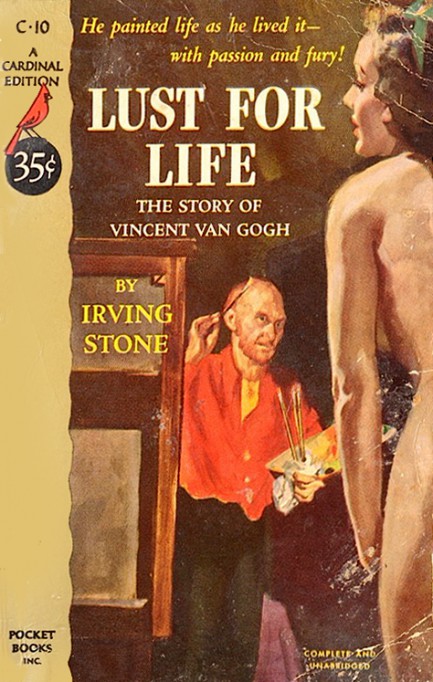
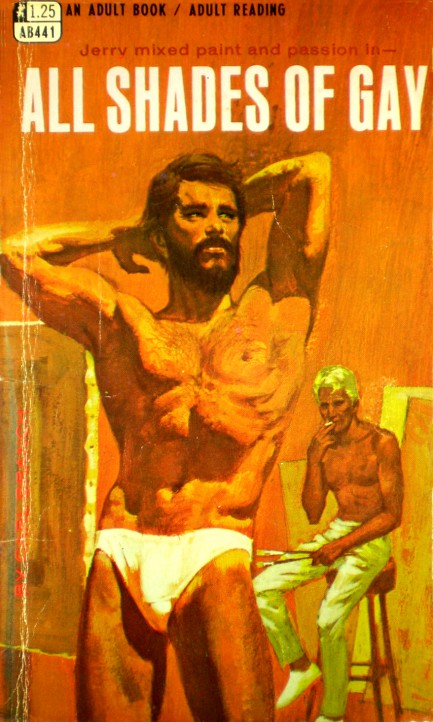
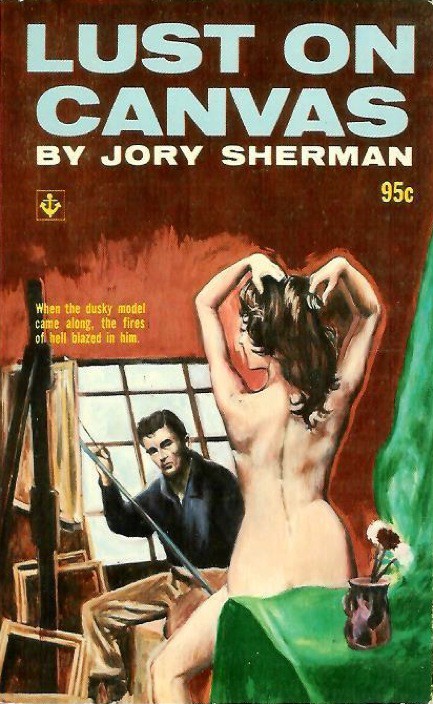
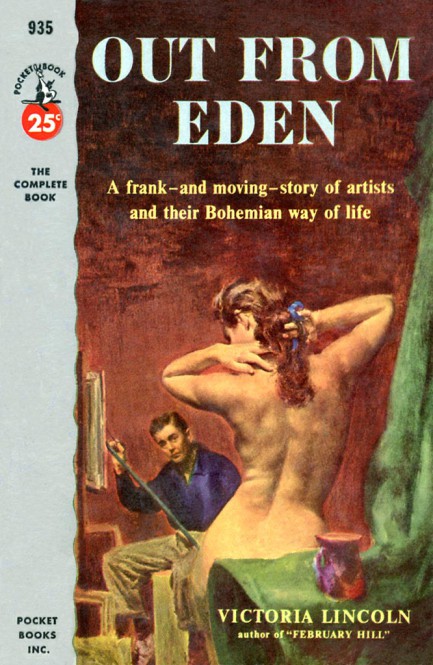
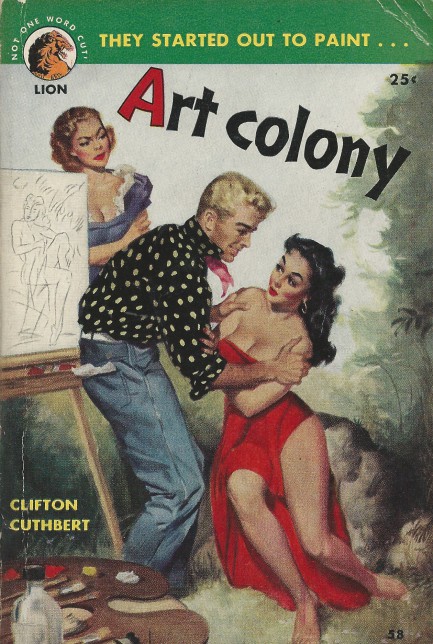
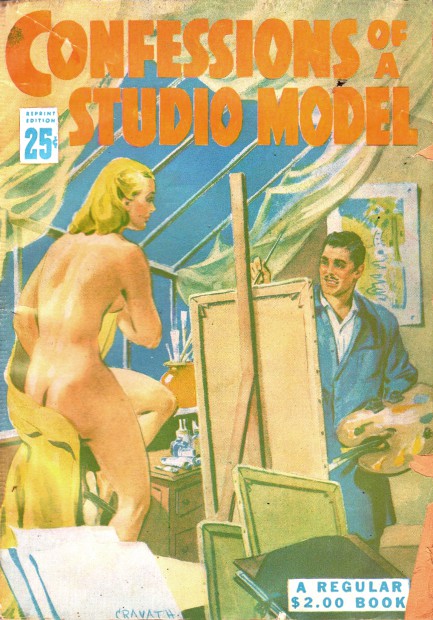
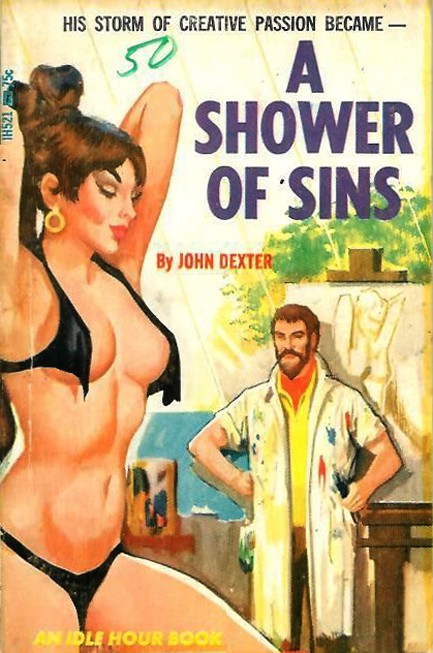
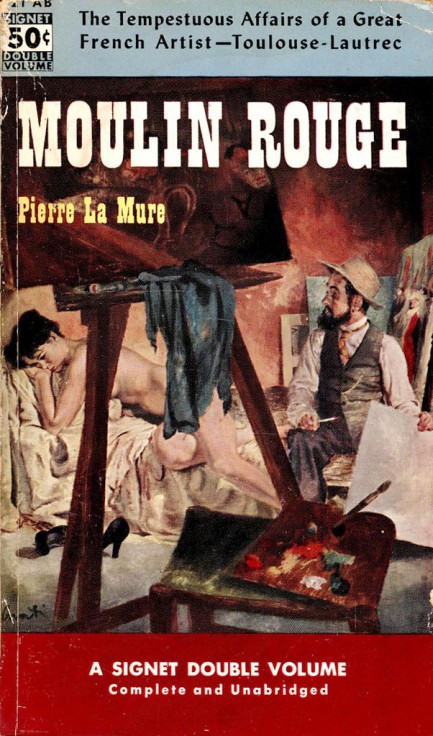
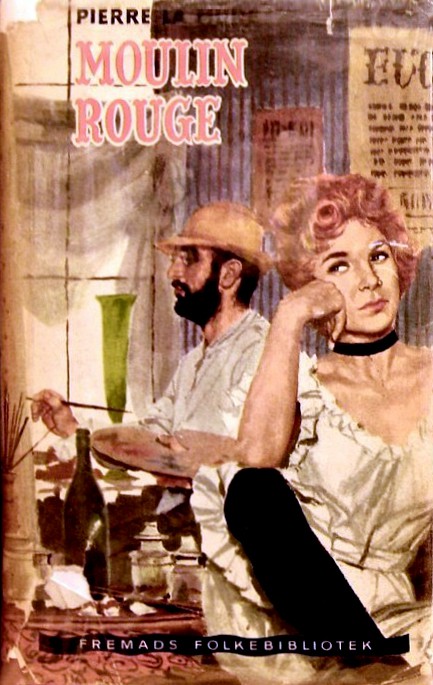
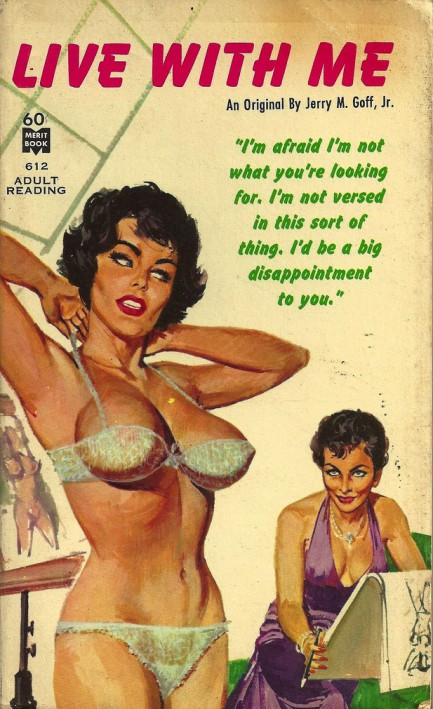
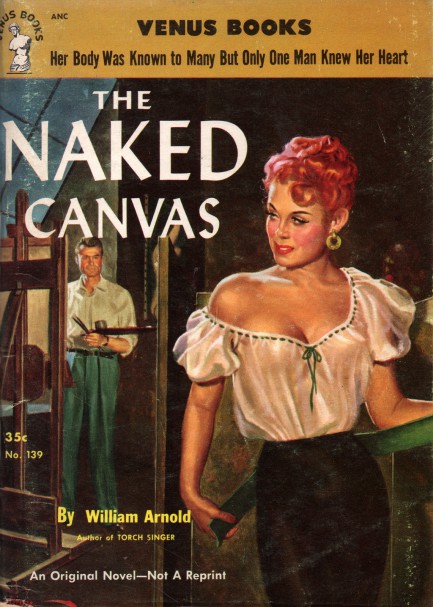
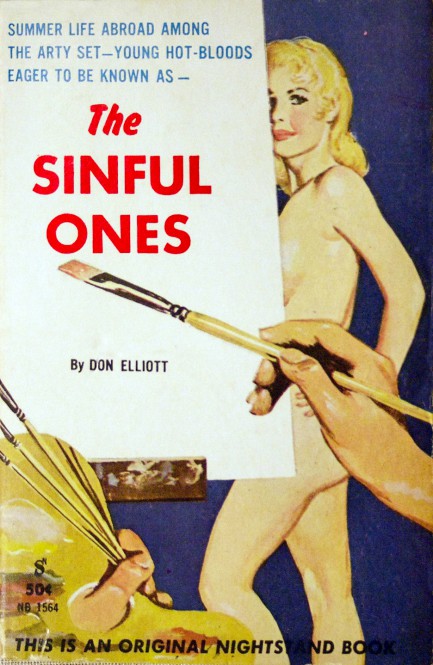
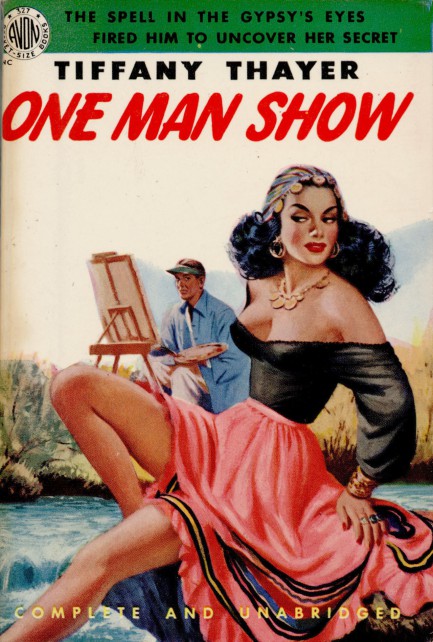
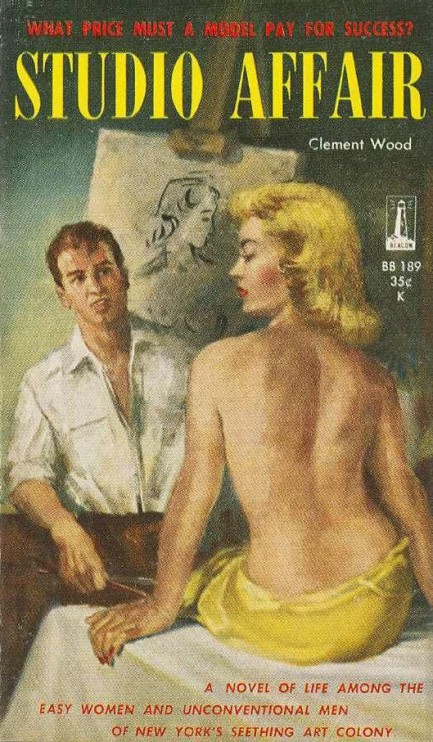
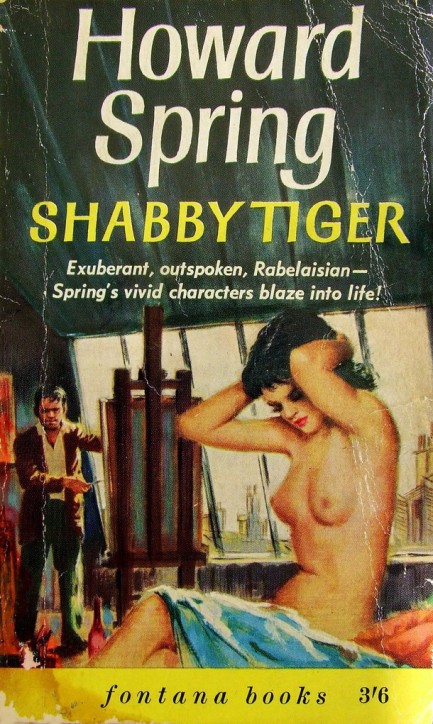

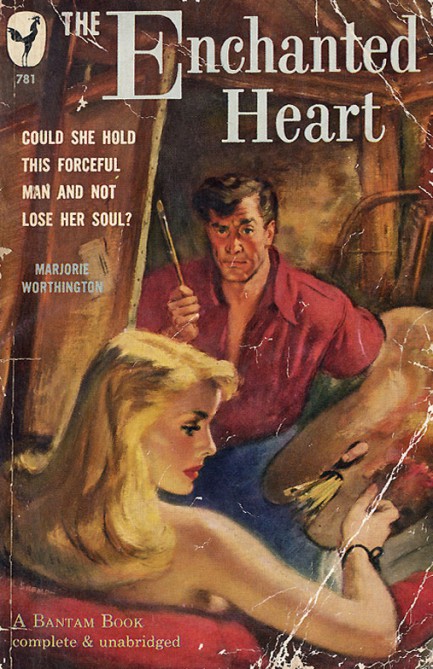
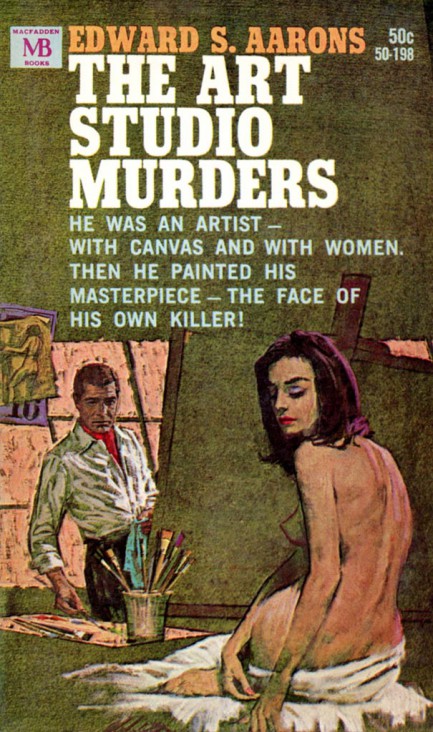
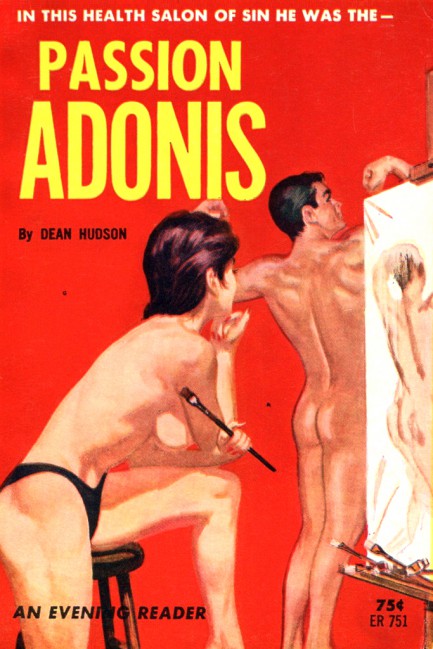
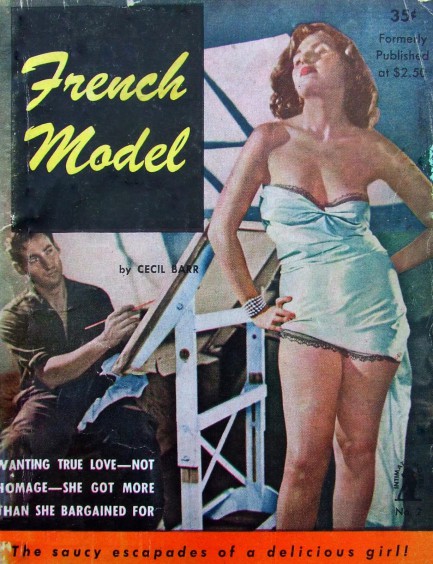
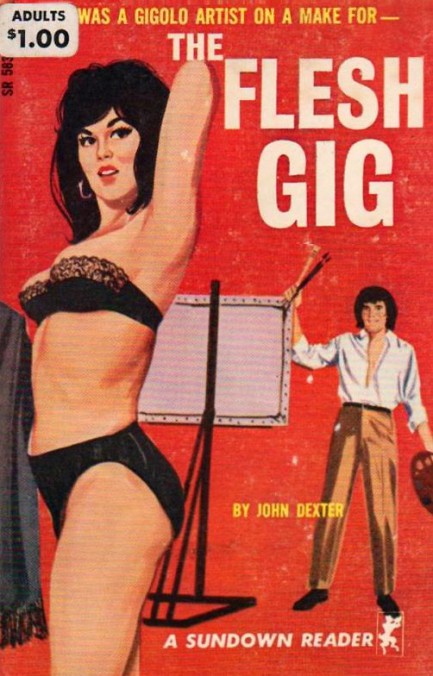
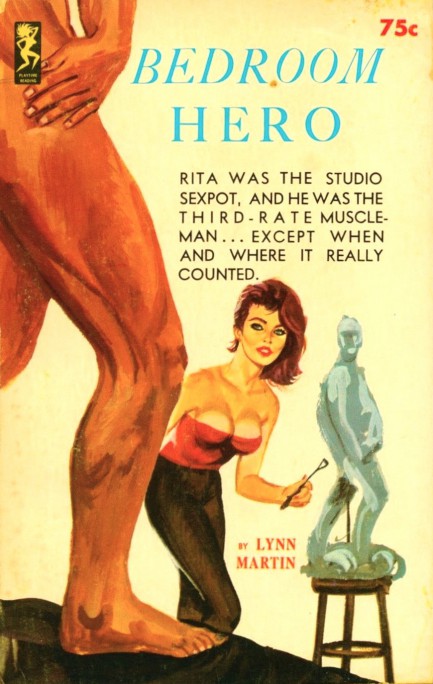
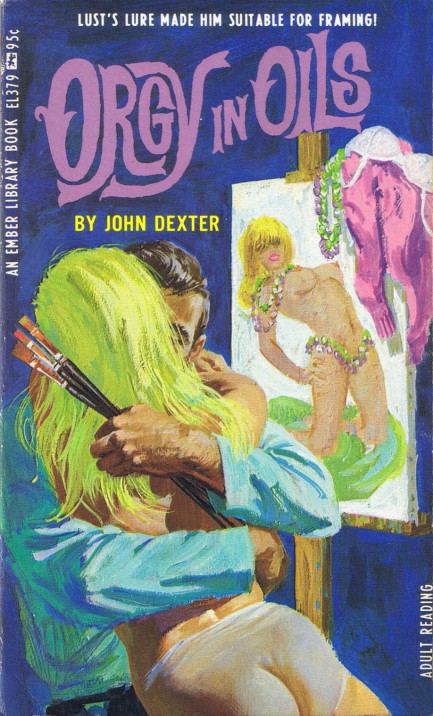
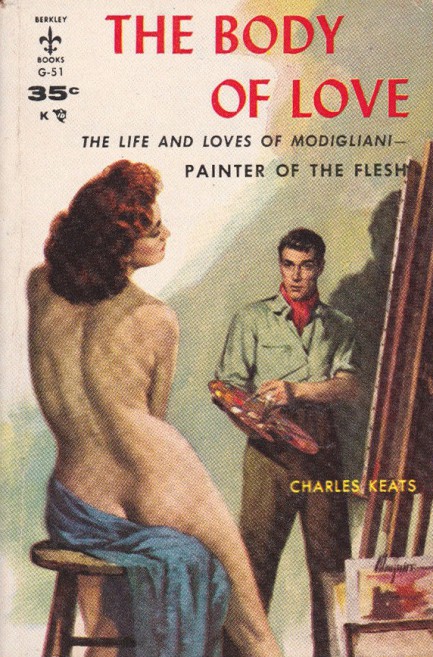
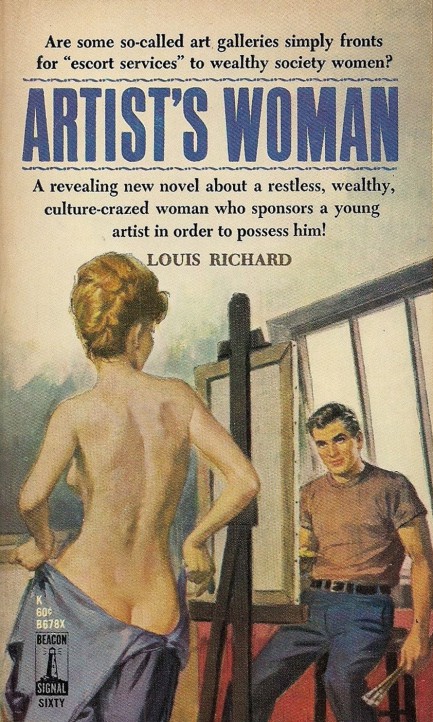
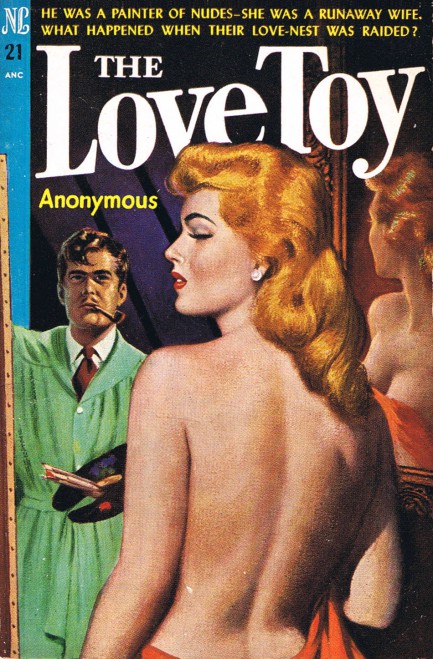
| Sex Files | Sep 15 2015 |

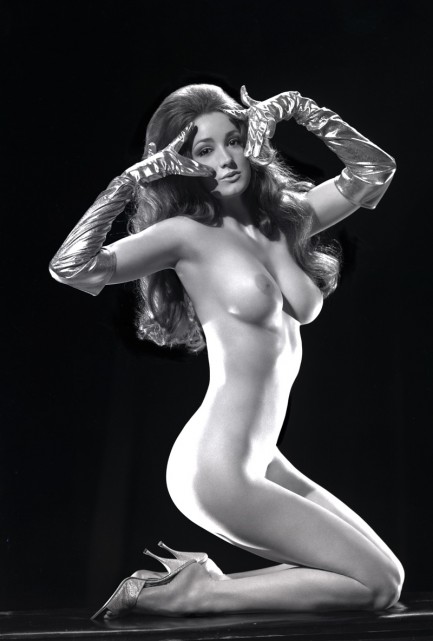
Studio nudes of Susanne Haines have been floating around the web for a while now, and they made us curious who she is. No info was readily available, but after some digging it turns out this obscure dancer has a very interesting story. She born and raised around Sacramento, California, and spent some time in Utah, before winning the Miss Placer County beauty contest in 1963 when she was sixteen. Several years later, as an unhappily married college student, she saw an ad asking for a go-go waitress and took the job to get away from her husband. She was soon earning $72.50 a week serving drinks in a nightclub.
From there it was a short leap to the stage—and a bump in earnings to $450 a week as she peeled for male customers. In May 1969 she was performing at the Pink Pussy Kat in the Sacramento suburb of Orangevale when two sheriff’s deputies entered and found Haines and two other women serving drinks topless. When Haines took the stage and performed a dance number that ended with her completely naked, the cops arrested her along with fellow dancer Sheila Brendenson for indecent exposure and lewd and dissolute conduct. Club owner Leonard Glancy was arrested for soliciting.
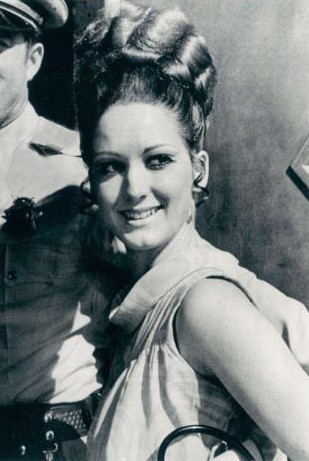 That case didn’t reach court until late summer, when it landed before the bench of Judge Earl Warren, Jr., son of Supreme Court Chief Justice Earl Warren, who had just retired in June. Glancy had kept the Pink Pussy Kat open by featuring only bikini dancing, and he also cooked up an ingenious scheme of having patrons pay to watch nude dances on closed circuit television, as in the photo just below, since it was only “live” nudity that was legally dangerous.
That case didn’t reach court until late summer, when it landed before the bench of Judge Earl Warren, Jr., son of Supreme Court Chief Justice Earl Warren, who had just retired in June. Glancy had kept the Pink Pussy Kat open by featuring only bikini dancing, and he also cooked up an ingenious scheme of having patrons pay to watch nude dances on closed circuit television, as in the photo just below, since it was only “live” nudity that was legally dangerous.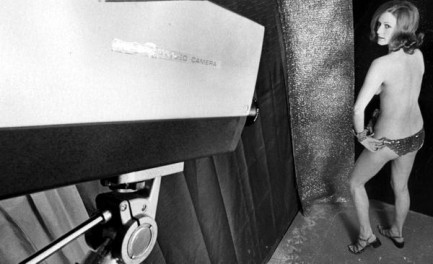 The jury was finally sent to their chambers the second day of October, and after ten hours of deliberation returned with a verdict of guilty on the indecent exposure charge, but innocent on lewd conduct. Warren explained that it had to be guilty on both or innocent on both—if the exposure was indecent the conduct was obviously lewd, or conversely neither was true—and the jury was sent back into their chambers. After another hour of deliberation, Haines and Brendenson won acquittals, as did club owner Glancy on his soliciting charge.
The jury was finally sent to their chambers the second day of October, and after ten hours of deliberation returned with a verdict of guilty on the indecent exposure charge, but innocent on lewd conduct. Warren explained that it had to be guilty on both or innocent on both—if the exposure was indecent the conduct was obviously lewd, or conversely neither was true—and the jury was sent back into their chambers. After another hour of deliberation, Haines and Brendenson won acquittals, as did club owner Glancy on his soliciting charge.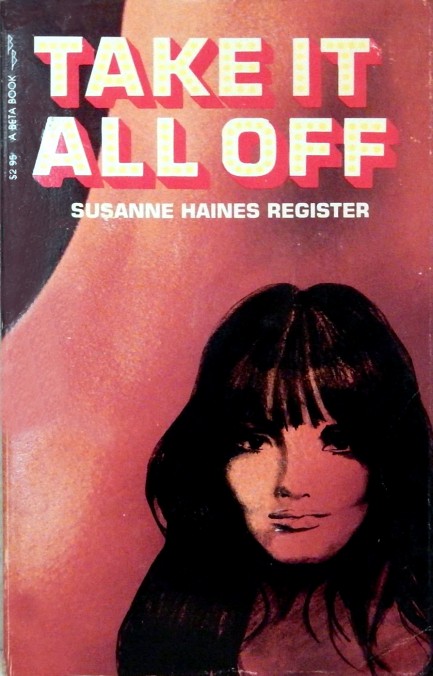 and won the title of Miss Nude Universe in 1972, which in turn pushed her earnings as high as $1,000—about $5,700 in today’s money. Fame didn’t deter the morals squads, though. She was arrested for indecent exposure in Oklahoma and this time lost a $5,000 judgment. Later she was arrested for larceny.
and won the title of Miss Nude Universe in 1972, which in turn pushed her earnings as high as $1,000—about $5,700 in today’s money. Fame didn’t deter the morals squads, though. She was arrested for indecent exposure in Oklahoma and this time lost a $5,000 judgment. Later she was arrested for larceny.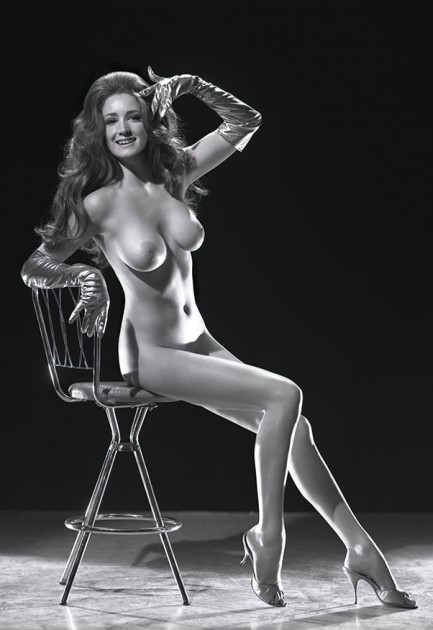
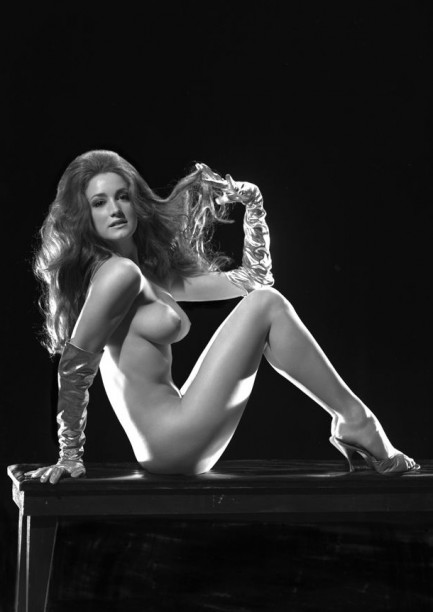
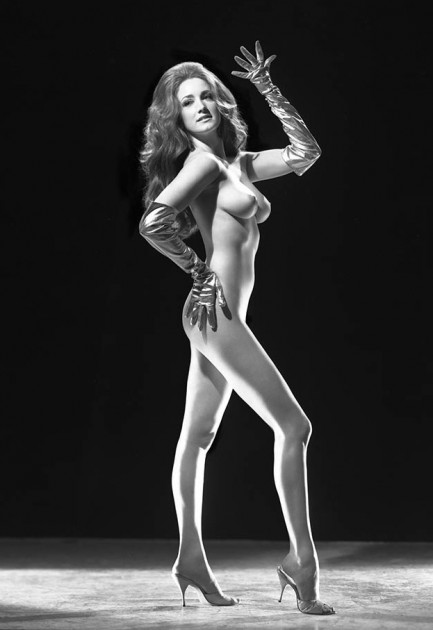
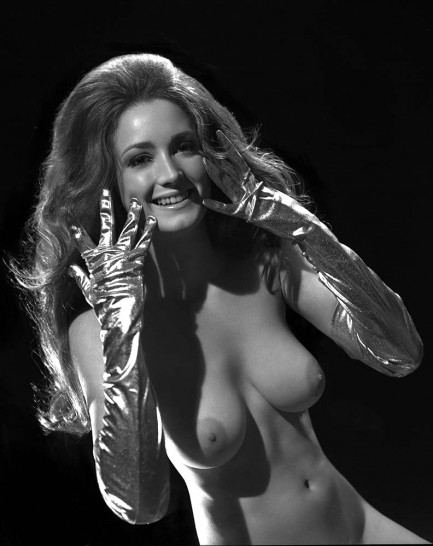
| Vintage Pulp | Jul 25 2015 |

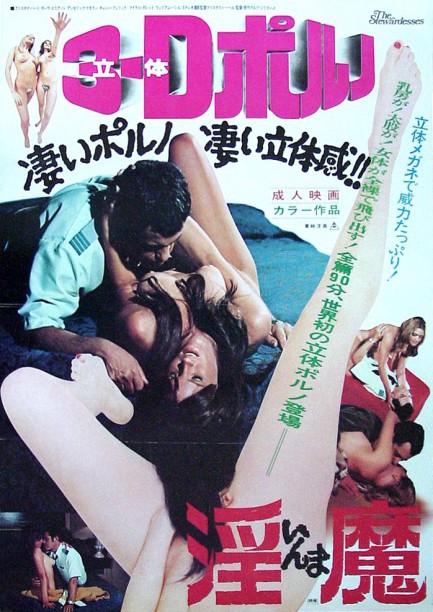
This Japanese poster for the American film The Stewardesses indicates that the movie played in 3D. That wasn’t the case only in Japan—it played in 3D globally and, because it was produced for about $100,000 and grossed $25 million, became the most profitable 3D film released up to that point. The movie was rated X, but it’s a non-porn film, with no actual sex to be found. Basically, star Christina Hart and her fellow stews party and get laid. That’s it. As a bonus for 60s-philes, there’s a psychedelic approach to the filming and some groovy music, along with Monica Gayle doing nude yoga, Hart making out with a stone bust and displaying one of cinema’s earliest bald groins, and various cast members enjoying lots of softcore nuzzling and wriggling. Does that sound like your bag, man? Radical. The Stewardesses premiered today in 1969.

| Hollywoodland | Jun 6 2015 |

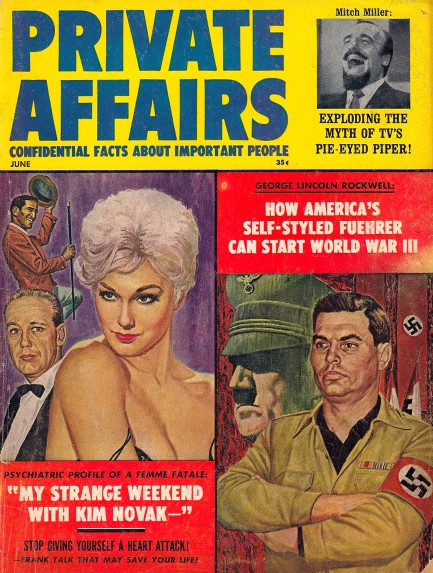
This issue of the New York based tabloid Private Affairs appeared in June 1962, and features cover stars Kim Novak and American Nazi Party leader George Lincoln Rockwell rendered by an uncredited artist. Inside the issue Affairs rehashes Novak’s various relationships, recounting how mafia goons threatened to kill Sammy Davis Jr. if he didn’t stop meeting Novak across the color line, how she accepted an expensive sports car as a gift from Ramfis Trujillo even though his hands were “bathed in the blood of executed political prisoners,” and how she shot down a smitten Charles Boyer by asking him in bewilderment, “How could you have thought I loved you?” The overarching concern is Novak’s longstanding unmarried status, wedlock of course being the default state for any normal woman. Novak was only twenty-nine at the time—but that was spinster age by tabloid standards. She eventually did wed when she was thirty-two, and it’s a wonder she made it down the aisle without the aid of a wheelchair.
Elsewhere in the issue we get Lana Turner, who Affairs claims let her daughter take a murder rap for her; comedian Dick Gregory, who is accused of stealing jokes; and Ingrid Bergman, who is shown with her later-to-be-famous daughter Isabella Rossellini. We also meet Nai Bonet, a famed Vietnamese bellydancer who within a couple of years would parlay her fame into a film and music career. Private Affairs is not a well known tabloid today—it probably arrived on the scene just a bit too late to carve out a readership when newsstand shelves were already packed with established imprints such as Confidential, Uncensored, Top Secret, Inside Story, Hush-Hush, et al. This particular issue—designated Vol 1, No. 3—is the only copy of the magazine we’ve ever seen. We suspect the brand was defunct within the first year. Many scans below, and more rare tabloids coming soon.
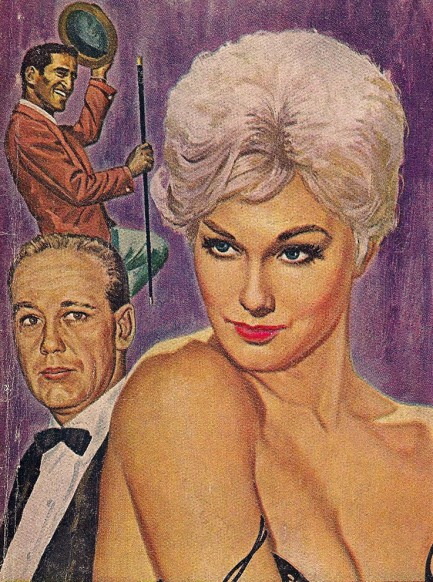
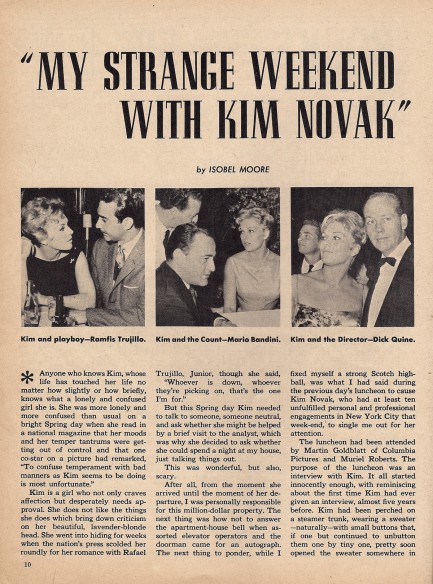
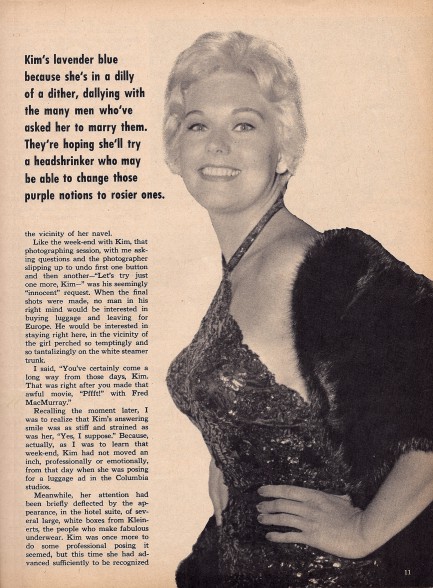
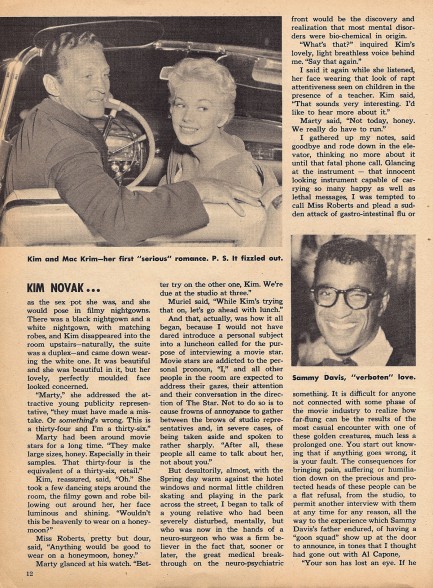
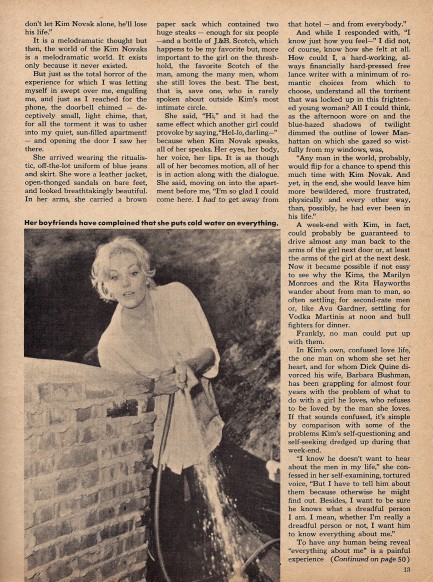
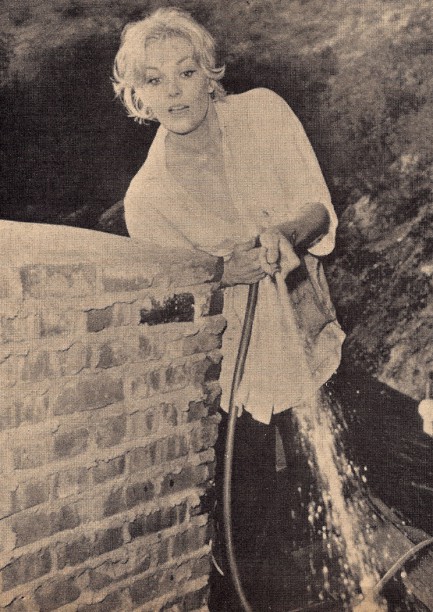
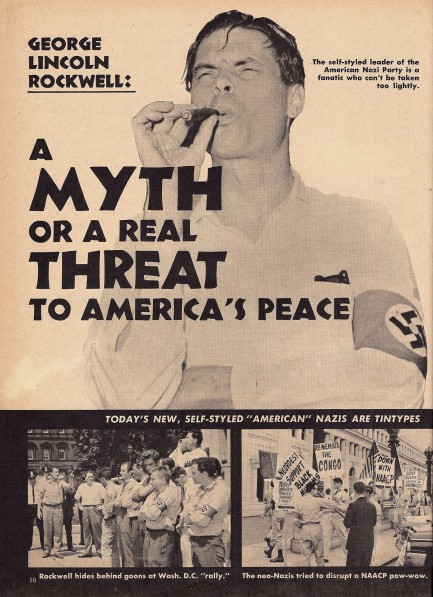
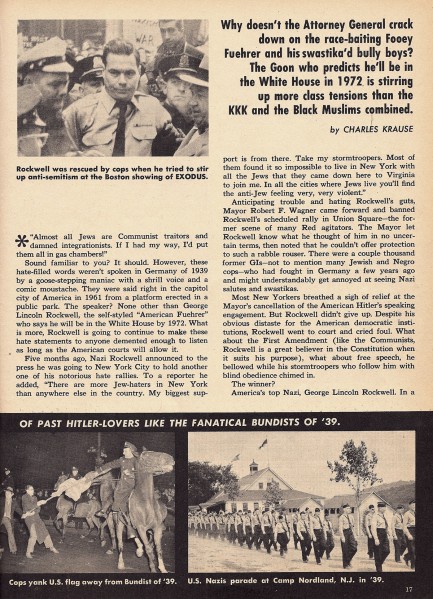
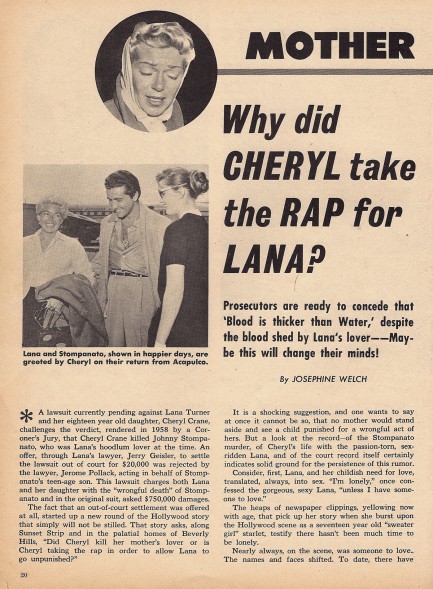
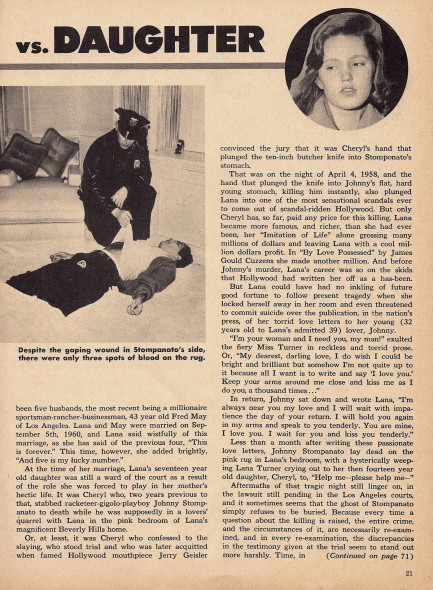
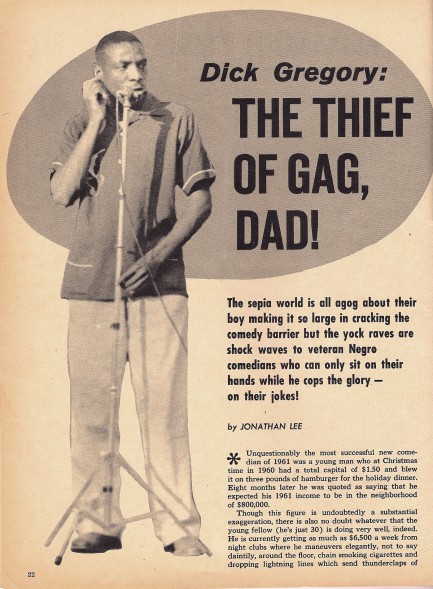
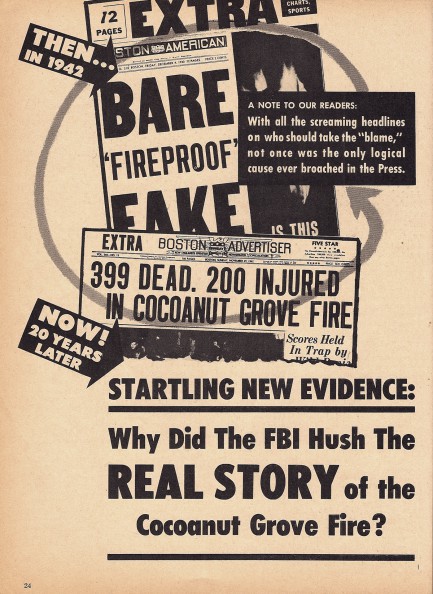
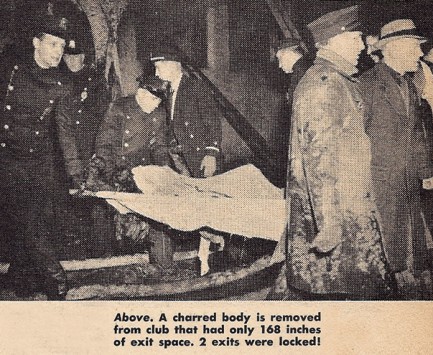

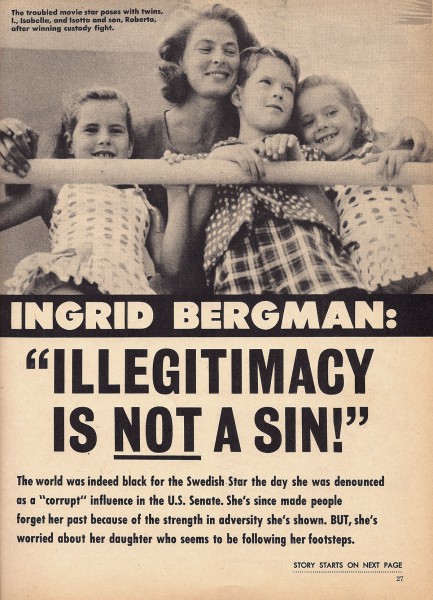
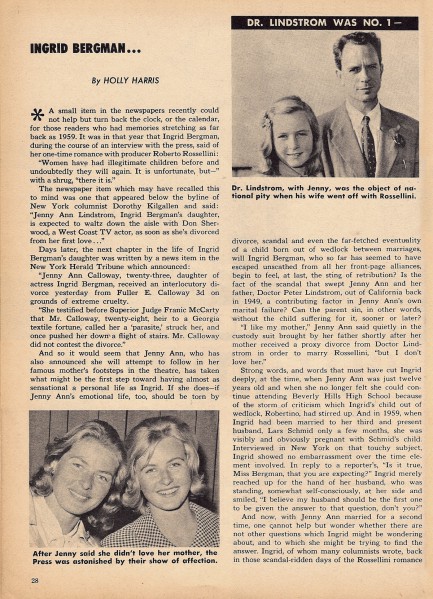
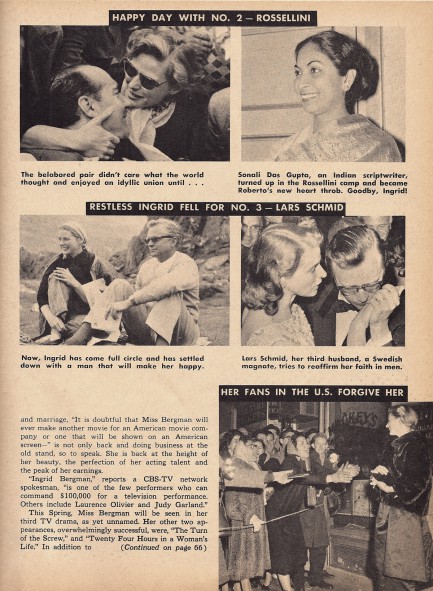
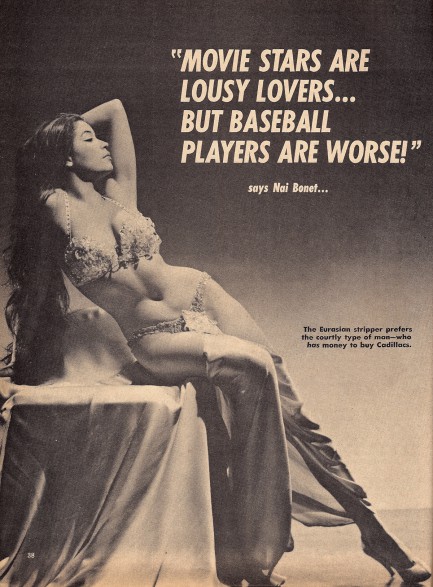
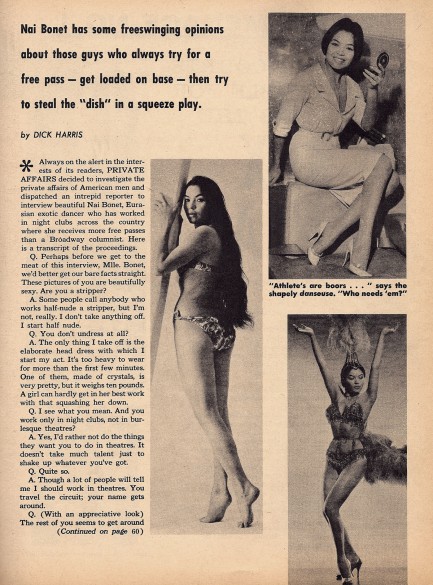

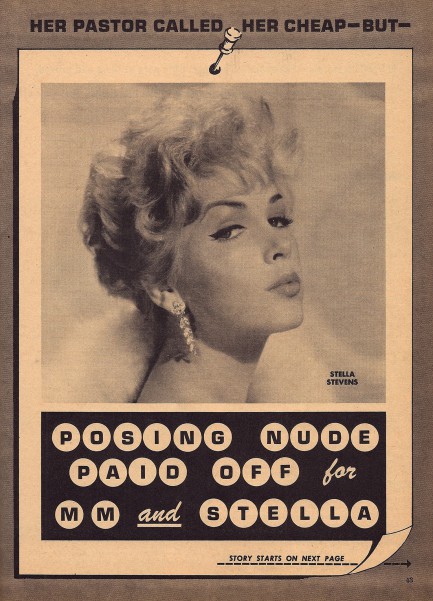
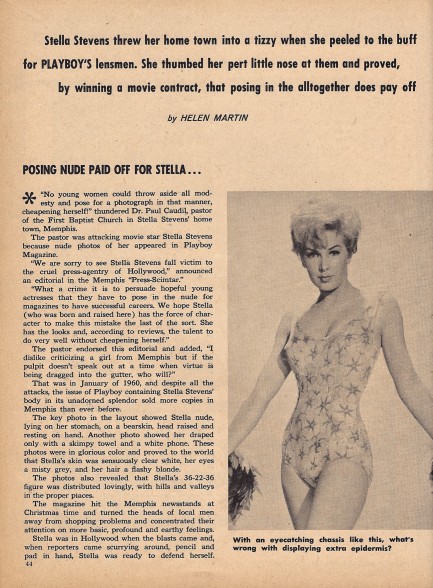
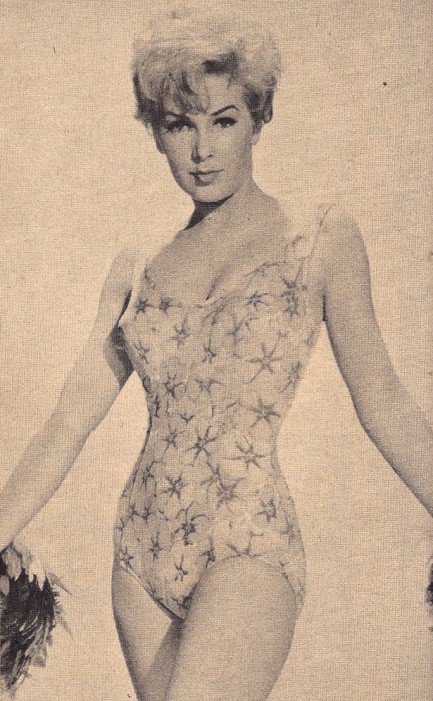
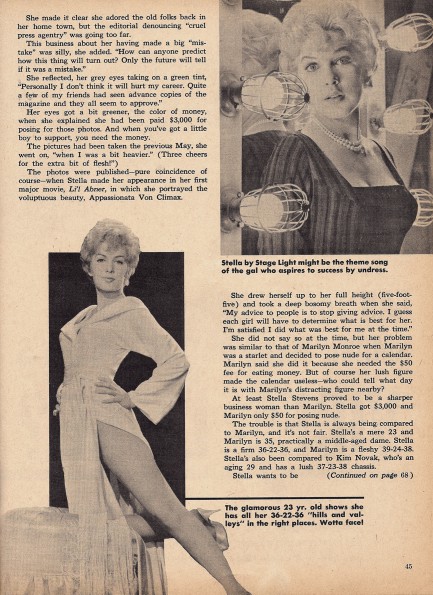
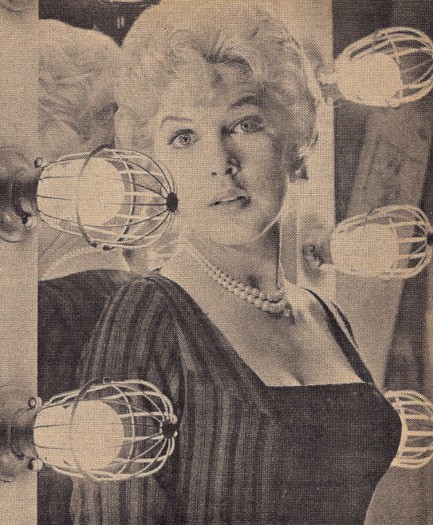
| Intl. Notebook | Apr 1 2015 |

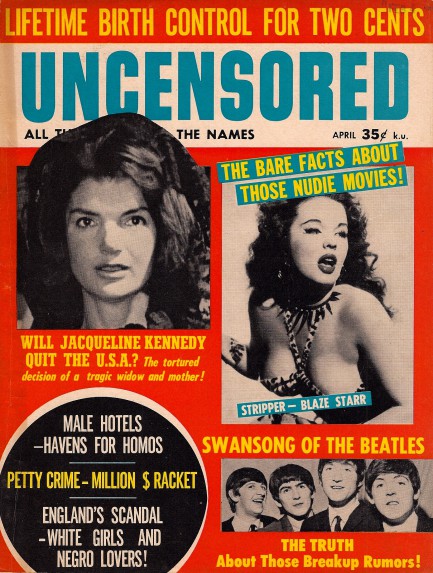
Above is the front of a copy of Uncensored magazine that appeared today in 1965 with cover stars Jackie O., Blaze Starr, and—in a sign of changing times—the Beatles. Inside the magazine you get sin and skin in the form of East German sex camps, nudity in international cinema, exotic dancer Marlene MacLane, transgender entertainer Christine Jorgensen, and call girl Christine Keeler, who, Uncensored reminds readers yet again, had lovers with skin darker than hers. And according to journalist Bill Jeffree, so did thousands of other British women. What had the world come to? These old tabloids often contain photos that haven’t made it online yet, and from this one we’re happy to upload a cool shot of Keeler, a snap of John F. Kennedy, Jr. as a toddler, and a rare vision of Elizabeth Taylor strolling a Mediterranean boardwalk in her bikini. We have about twenty scans below and more from Uncensored to come.
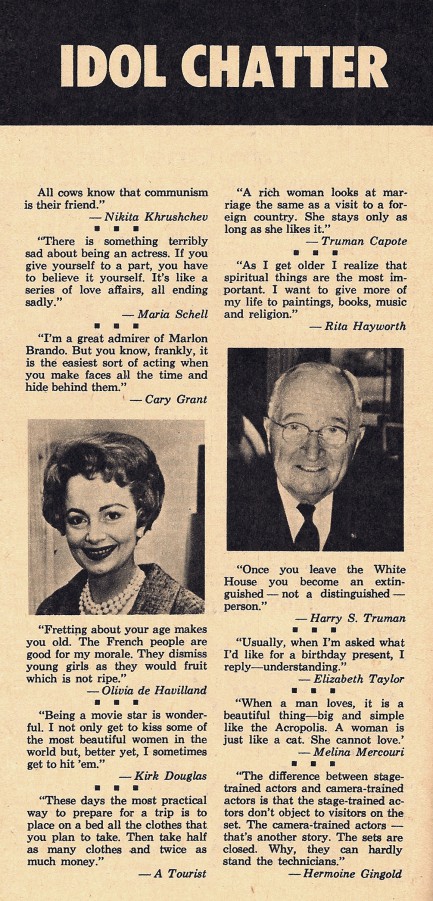
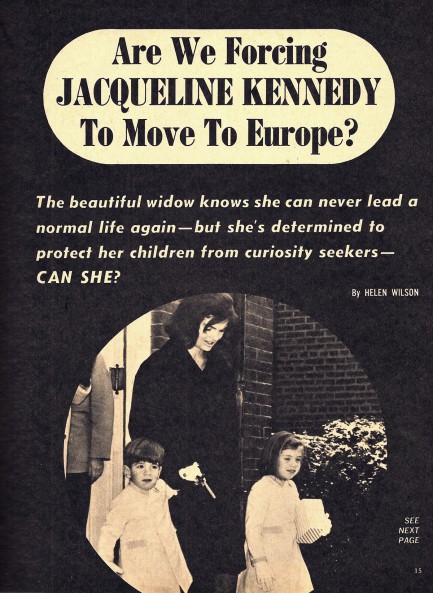
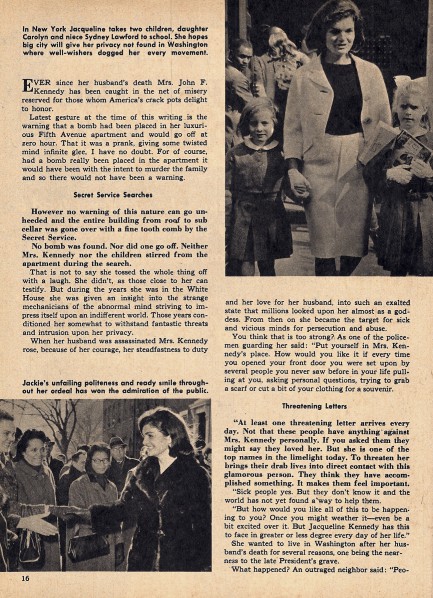


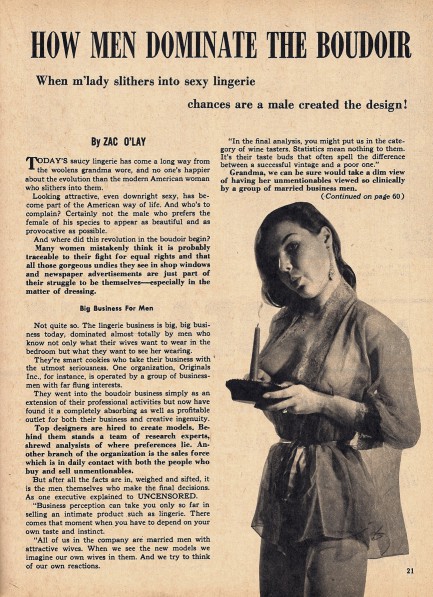
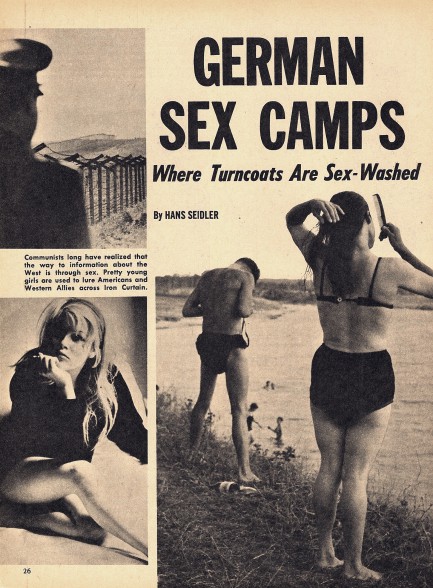
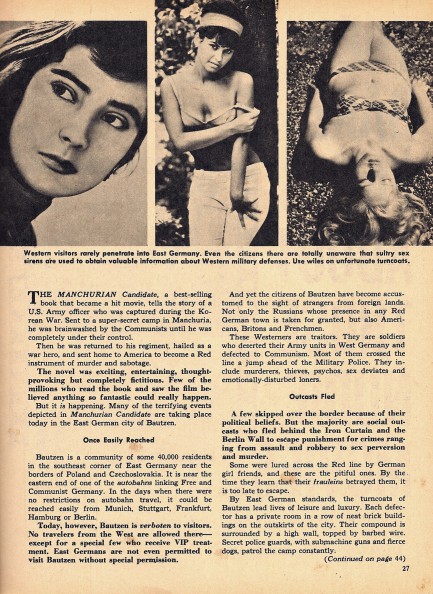

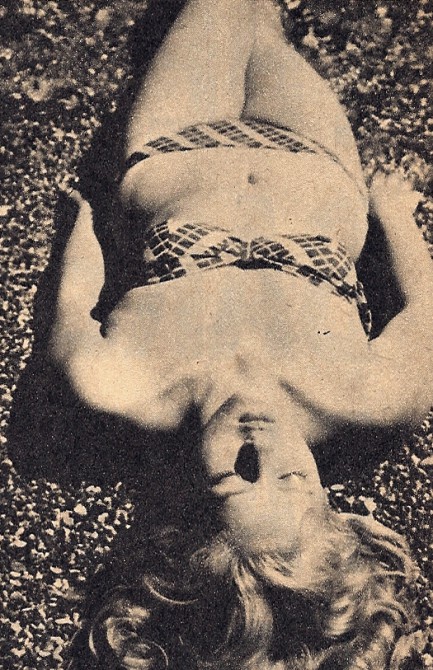
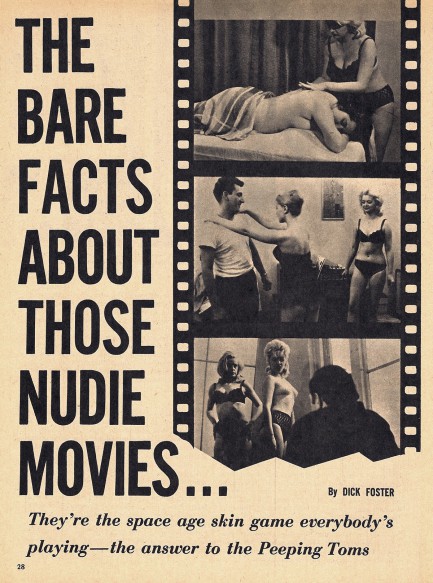
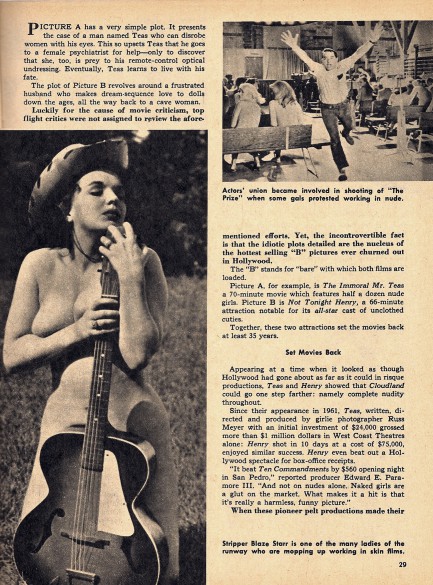

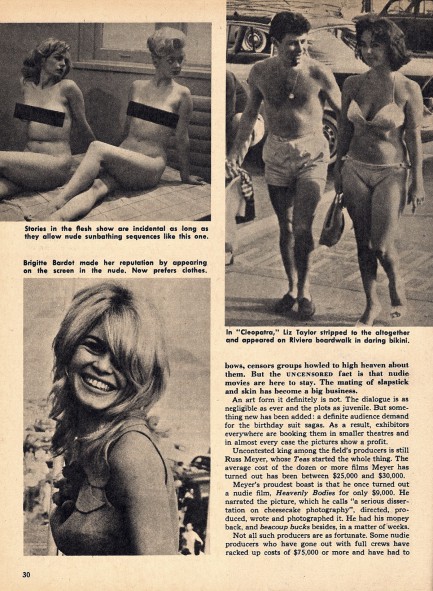
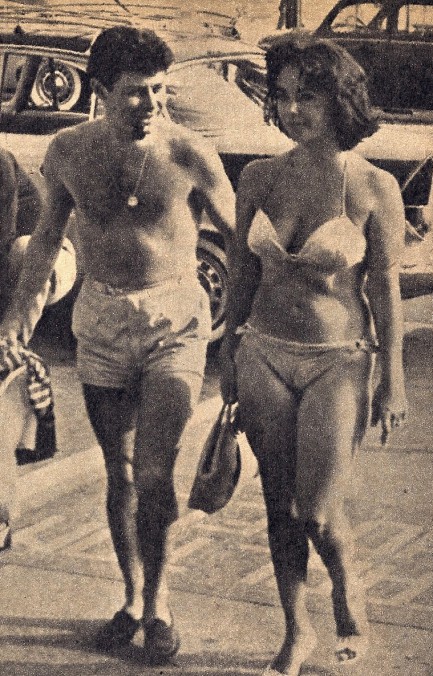
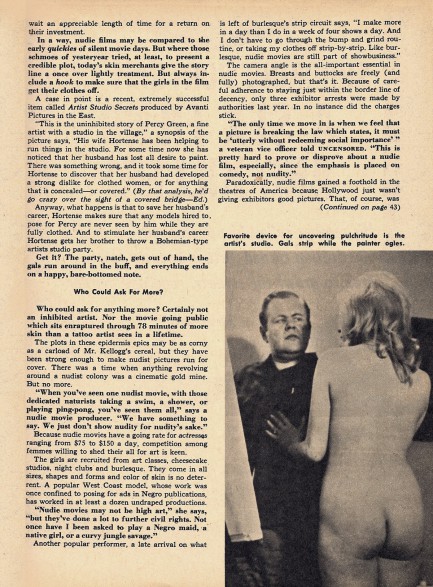
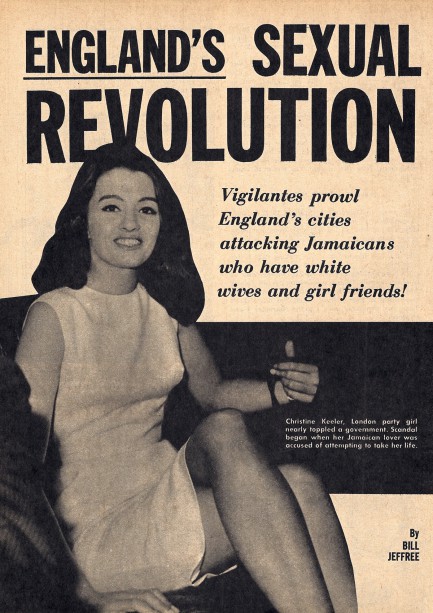
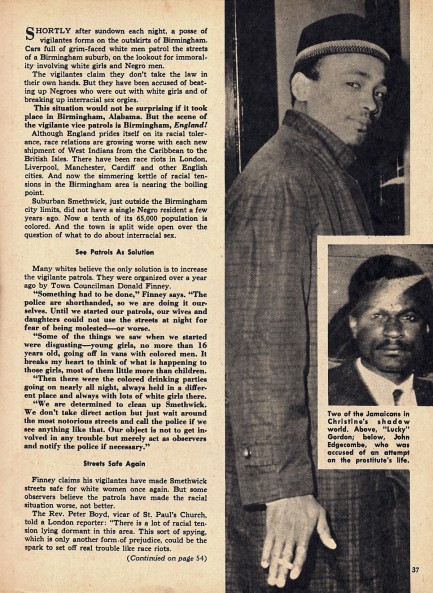
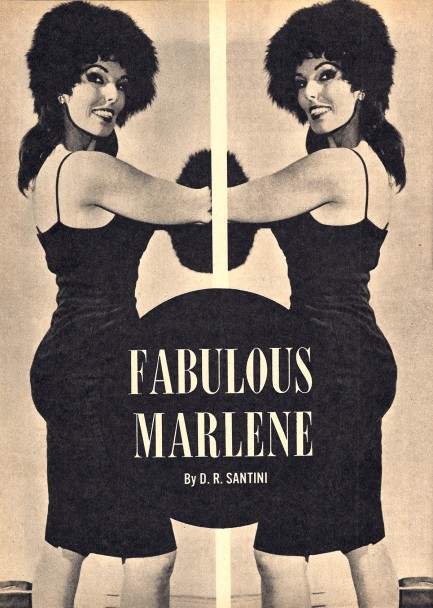
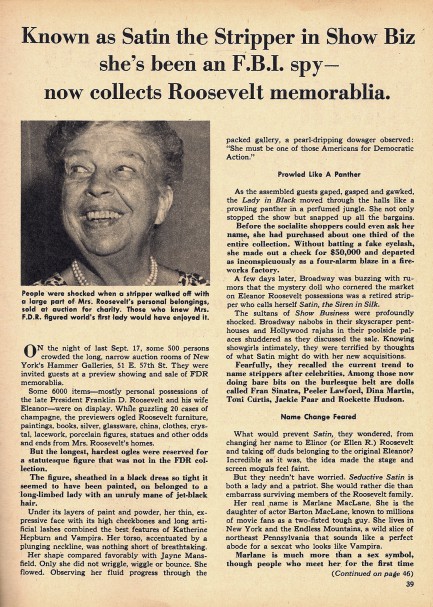

| Intl. Notebook | Mar 5 2015 |

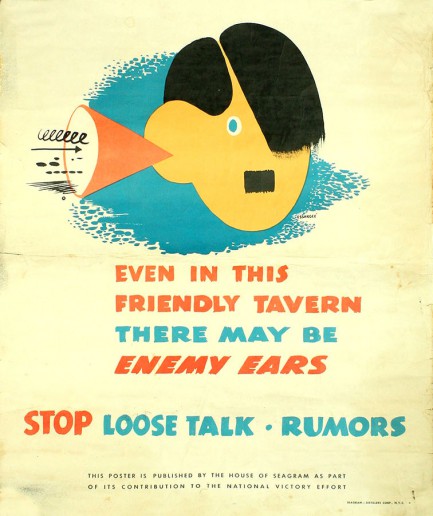
Everyone knows booze makes people shoot their mouths off, so what better way for a liquor company to support the Allied effort during World War II than by producing a propaganda poster that says—basically—don’t let our product affect you the way our product affects people? The Montreal based whiskey distiller House of Seagram did exactly that when it hired artist Essargee, aka Henry Sharp Goff, Jr. to paint the above poster warning of the potentially disastrous combo of booze, chattiness, and military secrets. You can see Essargee’s signature just about in the middle of the poster.
 This piece is pure genius, not just because it features a highly stylized, almost new wave Führer, but because it could be produced today with slightly different text and instead of talking about Hitler it could be cautioning that drinking too much can make you listen to punk-ass Justin Bieber. This is a message the people need today. We had no idea Hitler and Bieber resembled each other so closely, but you see that, right? Like twins, these two. Now if only all Bieber’s music could be doused with petrol and incinerated we’d be getting somewhere.
This piece is pure genius, not just because it features a highly stylized, almost new wave Führer, but because it could be produced today with slightly different text and instead of talking about Hitler it could be cautioning that drinking too much can make you listen to punk-ass Justin Bieber. This is a message the people need today. We had no idea Hitler and Bieber resembled each other so closely, but you see that, right? Like twins, these two. Now if only all Bieber’s music could be doused with petrol and incinerated we’d be getting somewhere.
In any case, the House of Seagram and Essargee cooked up several of these propaganda pieces together, all of which are highly collectible today. We have another two of their collaborations below for you to check out, and you can see a third—entitled “Starve Him with Silence”—at our previous post on World War II propaganda from Germany, Japan, Russia, England, and the U.S. here.
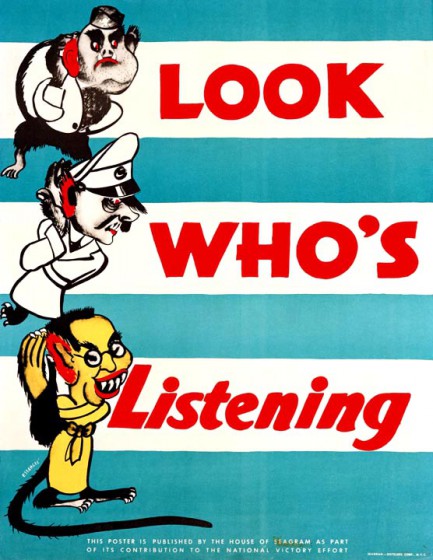
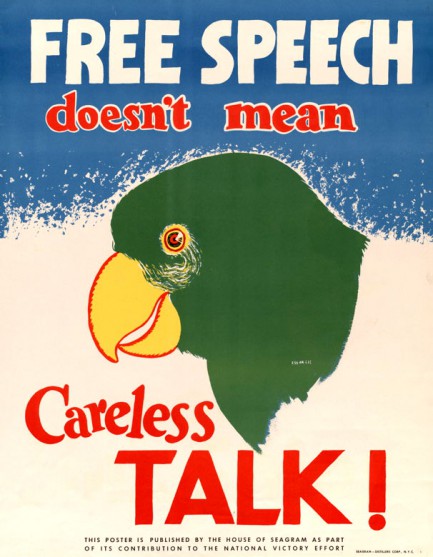
 |
 |




































































